In modern home design, the bathroom has evolved beyond simply being a functional space for daily cleaning. It has gradually evolved into a place for relaxation, healing, and even self-expression. Among its many design elements, frameless mirrors are increasingly popular in bathroom design due to their simplicity, modernity, and visual extension. Whether renovating an old bathroom or creating your dream bathroom from scratch, a well-chosen frameless mirror can elevate the overall ambience.
This article will provide a comprehensive analysis of how to use frameless mirrors in bathroom design, covering size selection, installation techniques, matching suggestions, lighting integration, visual extension, and key maintenance tips, helping you create a stylish bathroom with a minimalist design.
1. What is a frameless mirror? Why is it so popular?
A frameless mirror, as the name suggests, is a mirrored surface with no border around the edges. Compared to traditional framed mirrors, frameless mirrors emphasise minimalism. With polished edges, they can be mounted directly to the wall or on a glass mount, creating a more transparent, modern, and unconstrained look.
Advantages include:
Visually lighter: Without a frame, the mirror blends into the wall, creating a more spacious space.
Suitable for various styles: Whether it's minimalist modern, industrial, retro modern, or even rustic, frameless mirrors can harmoniously blend in.
Easy to customise: Flexible cutting to fit the wall size allows for adaptability to different apartment layouts.
Easy to maintain: They lack the corrosion issues of metal or wooden frames and are more resistant to moisture.
This type of mirror is not only functional but also highly decorative, making it a crucial component of modern bathroom aesthetics.
2. How to choose the right frameless mirror for your bathroom?
When choosing a frameless mirror, it's crucial to prioritise both aesthetics and practicality. The following key points are essential:
1) Dimensional compatibility: Aligning the mirror to the width of the sink is essential, ensuring both aesthetics and practicality.
Ø For small spaces, it's recommended to choose a smaller mirror that's slightly narrower than the sink or a "floating" mirror.
Ø For larger wall surfaces, a custom frameless mirror covering the entire wall is ideal for enhancing visual impact.
2) Shape Selection
Ø Rectangular: Most common, suitable for modern and minimalist styles;
Ø Oval/Circular: Soft lines, suitable for romantic or retro bathrooms;
Ø Irregular Custom Shapes: Used to emphasise a unique design.
3) Edge Treatment
Ø High-quality frameless mirrors require polished and chamfered edges to prevent scratches and enhance the mirror's gloss.
3. Frameless Mirror Pairing Guide for Different Bathroom Styles
1) Modern Minimalist
Mirror Recommendation: Large frameless rectangular mirror paired with a minimalist vanity
Lighting: Hidden LED strip lights or backlights
Wall Materials: White or grey stone, polished tile
2) Industrial Style
² Mirror Recommendation: Frameless mirror with a slightly raw, cut edge
² Pairing Elements: Black hardware, concrete walls, open shelving
² Lighting Options: Black metal pendant lights or wall sconces for added contrast
3) Natural Style
Mirror Recommendation: Round frameless mirror with a curved, polished edge
Wall Materials: Wood-look tile, natural stone
Pair with greenery or wood accents to complement the natural theme.
4) American Retro Style
Mirror Recommendation: Frameless mirror with a thick glass finish
Pairing Elements: Antique faucets, white wood panelling
Use warm yellow as the primary light source for a soft, mellow atmosphere.

4. Integrated Lighting: Make your frameless mirror truly shine
Mirror front light or backlight?
Mirror Lights: Installed above or on either side of the mirror, they provide concentrated illumination, perfect for daily makeup application.
Backlights: Add an LED light strip to the back of the mirror to create a soft, inviting atmosphere and enhance the space's style.
We recommend combining these to create a functional and aesthetically pleasing lighting environment.
Light Colour Temperature Options:
3000K–4000K: A neutral, soft light that better reflects natural skin tones.
5000K and above: Cool white light: Better for delicate makeup application, but may not be as relaxing.
5. How to properly install a frameless mirror?
Common installation methods:
|
Installation Method |
Features |
Recommended? |
|
Mirror Clips |
Easy to replace and adjust |
★★★★☆ |
|
Adhesive Mounting |
Glued directly to the wall |
★★★☆☆ |
|
Recessed Track System |
Mirror embedded in wall tracks |
★★★★★ |
|
Metal Bracket Support |
Supported by subtle bottom brackets |
★★★☆☆ |
6. Space Expansion: A Great Trick for Small Bathrooms
A significant advantage of frameless mirrors is their "space magnifying" effect:
Installing a full-wall frameless mirror in a small bathroom can visually double the space.
Paired with brightly colored wall tiles and a glass shower enclosure, it reflects more light, creating a brighter overall look.
If the mirror faces a window or greenery, it can bring the natural scenery into the room.
This expansion technique is not only applicable to home bathrooms but is also widely used in high-end hotels and B&Bs.
7. Maintenance: Simple but Important
Although frameless mirrors are easy to clean, problems such as water spots and darkened edges can still occur if neglected:
① Daily Cleaning Tips:
Use a soft cloth and a mirror-specific cleaner.
Regularly use a homemade spray of white vinegar and water to clean waterproof spots.
Immediately dry after cleaning to prevent residual water stains.
② Tips for Preventing Dark Edges:
Do not allow moisture to remain on the bottom edge of the mirror for extended periods.
Protect the back of the mirror with moisture-proof film.
Avoid using potent acidic or alkaline cleaning agents that can corrode the mirror edge.
8. Design Tips: How to Use Frameless Mirrors to Elevate the Bathroom's Aesthetics?
① Multiple Mirror Combinations
Ø Use two round mirrors staggered to create an artistic effect.
Ø Arrange small square mirrors horizontally to create a stylish visual rhythm.
② Mirror + Wall Material Mixing
Ø Match mirrors with stone.
Ø Incorporate borders of different materials (such as brass strips or recessed lighting strips) to break up monotony.
③ Mirrored Recessed Lighting
Ø Hide the lighting strip behind the mirror to create a soft, luminous atmosphere.
Ø Partial backlighting can highlight the structure and make the mirror appear to "float" on the wall.
9. User Group Analysis for Frameless Mirrors
|
User Group |
Key Characteristics |
Why Frameless Mirrors Work Well |
|
Young Urban Adults |
Style-conscious, space-saving needs |
Enhances modern design and openness |
|
High-End Homeowners |
Quality-focused, personalized interiors |
Seamless fit with luxury finishes |
|
Small Apartment Dwellers |
Limited space, shared bathrooms |
Visually enlarges compact rooms |
|
Renters |
Temporary living, easy upgrades |
Simple to install, non-invasive |
10. Conclusion: Let Frameless Mirrors Bring Soul to Your Bathroom
In modern living concepts, "sense of space" and "design" have become crucial indicators of home taste. Frameless mirrors perfectly combine these two qualities. While seemingly a simple mirror, they can transform an otherwise ordinary bathroom into a breathtakingly intimate space through light reflection, visual extension, and material coordination.
Whether you pursue extreme minimalism or lean toward a retro flair, frameless mirrors can complement your style. If you're planning a bathroom upgrade, start with the right frameless mirror to unlock your unique aesthetic.

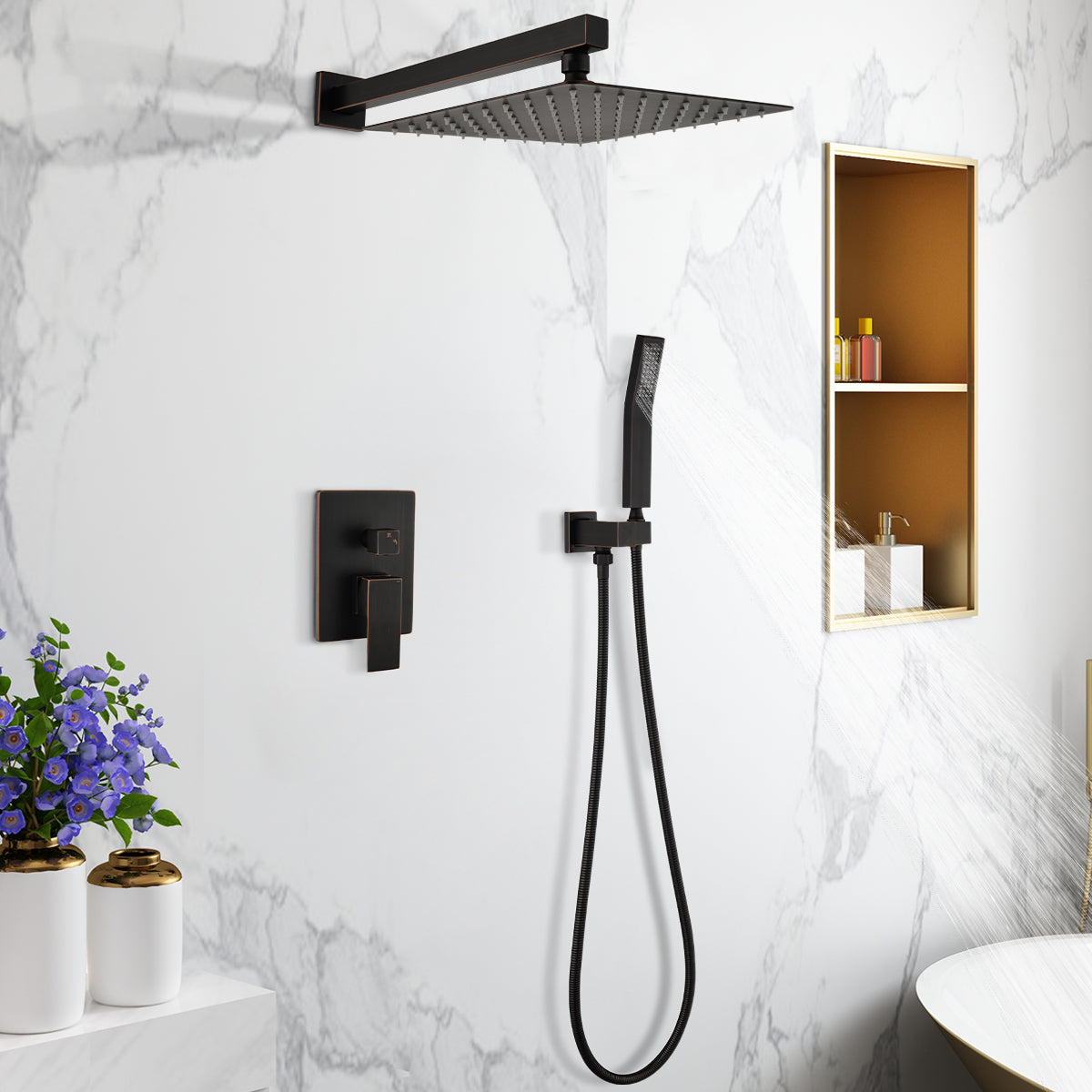
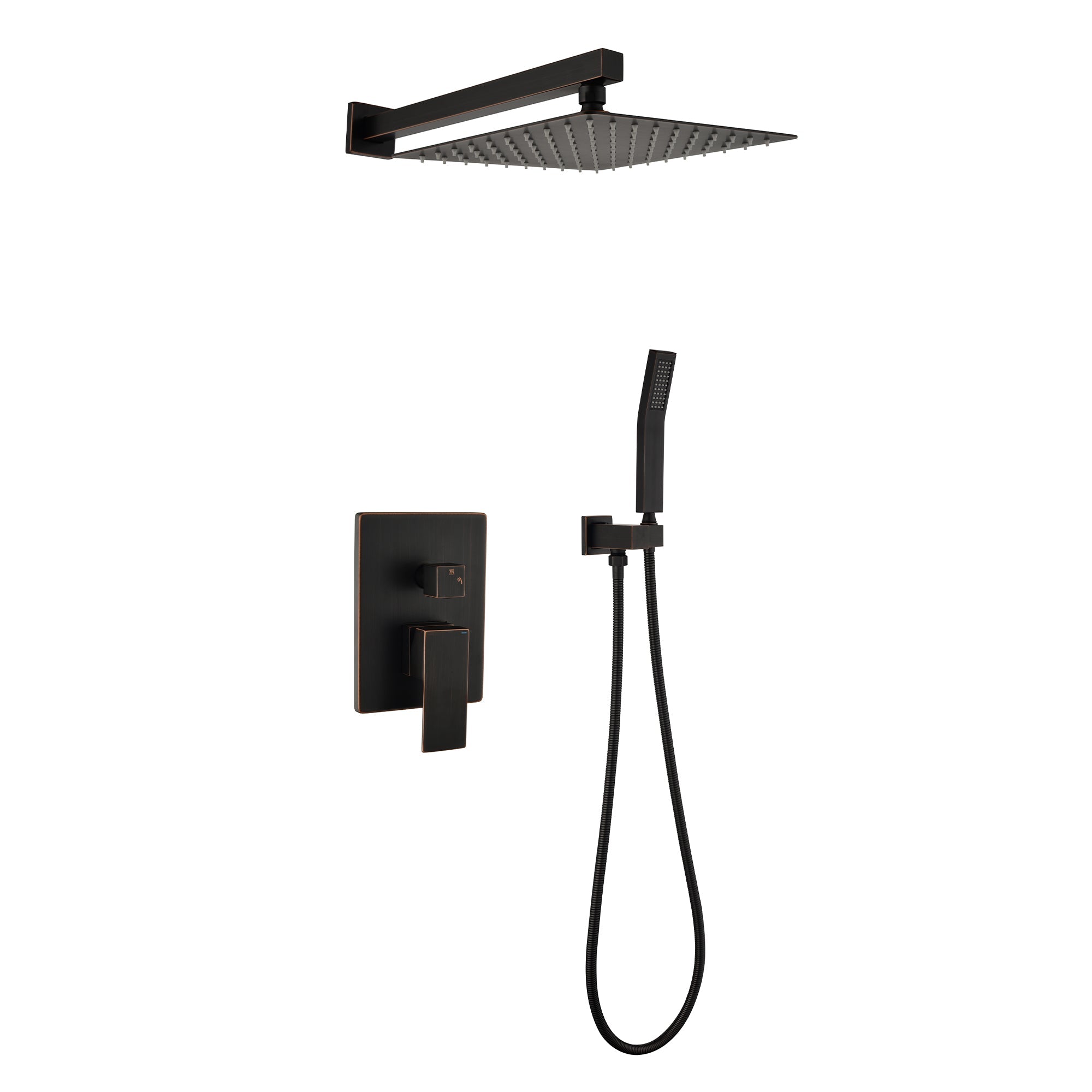


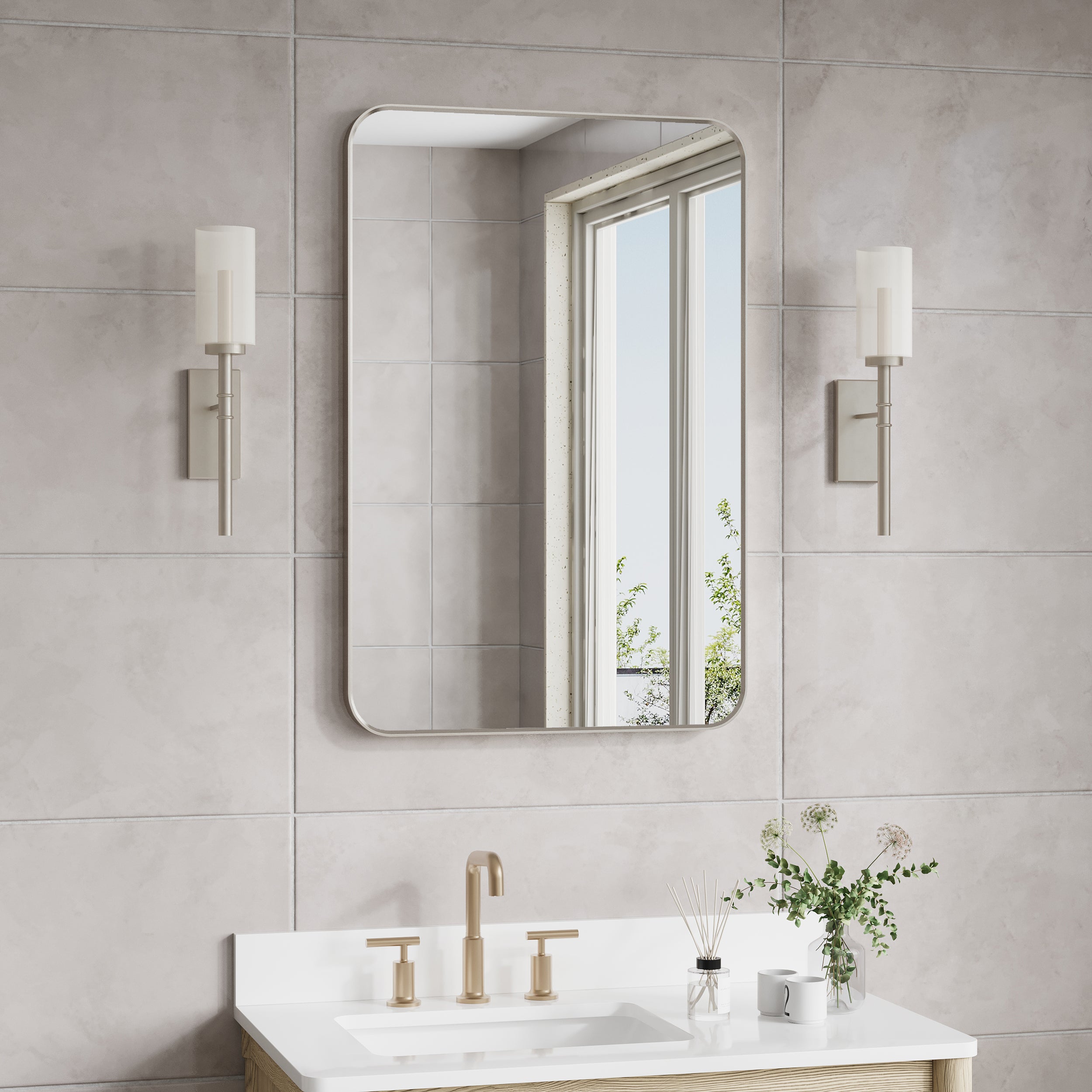
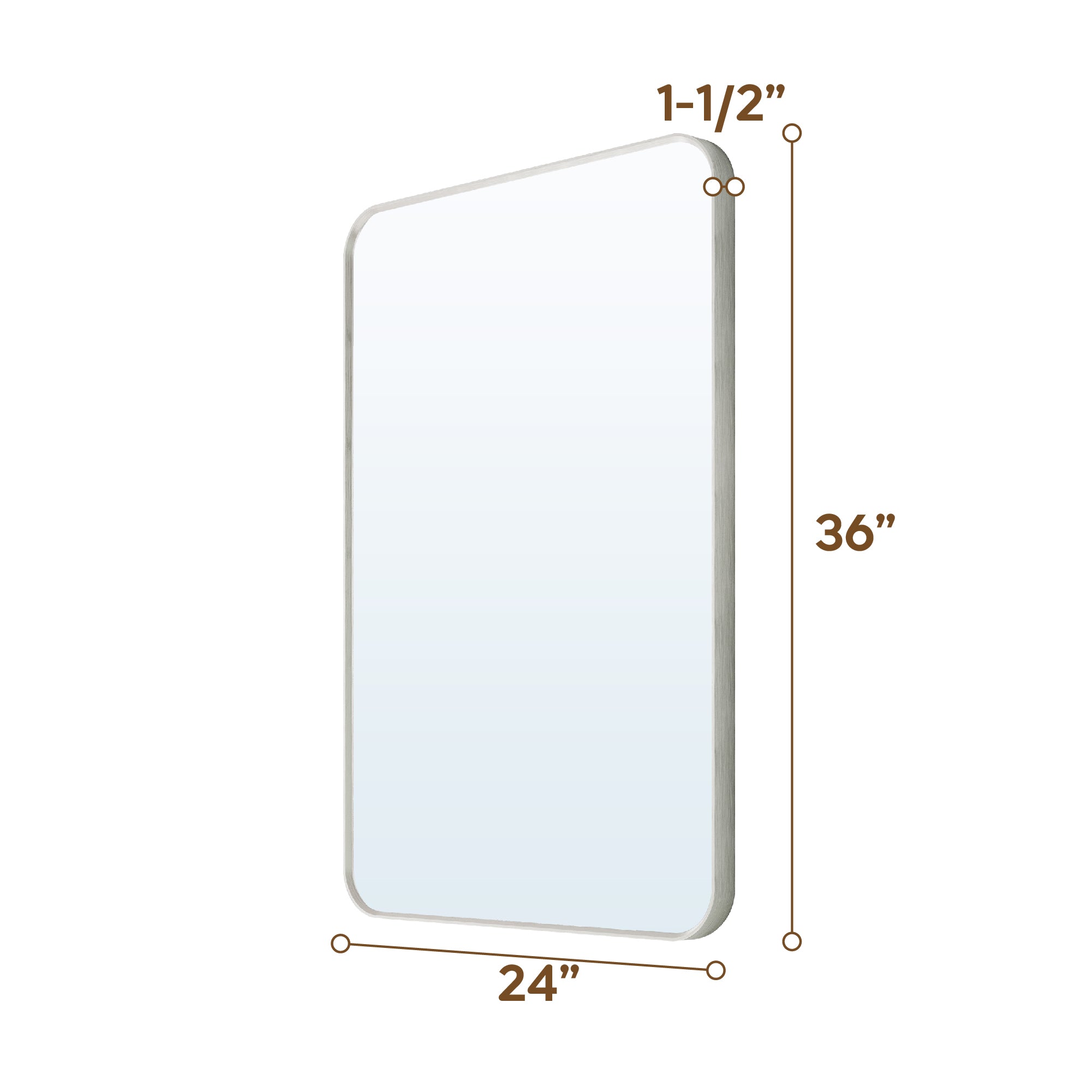

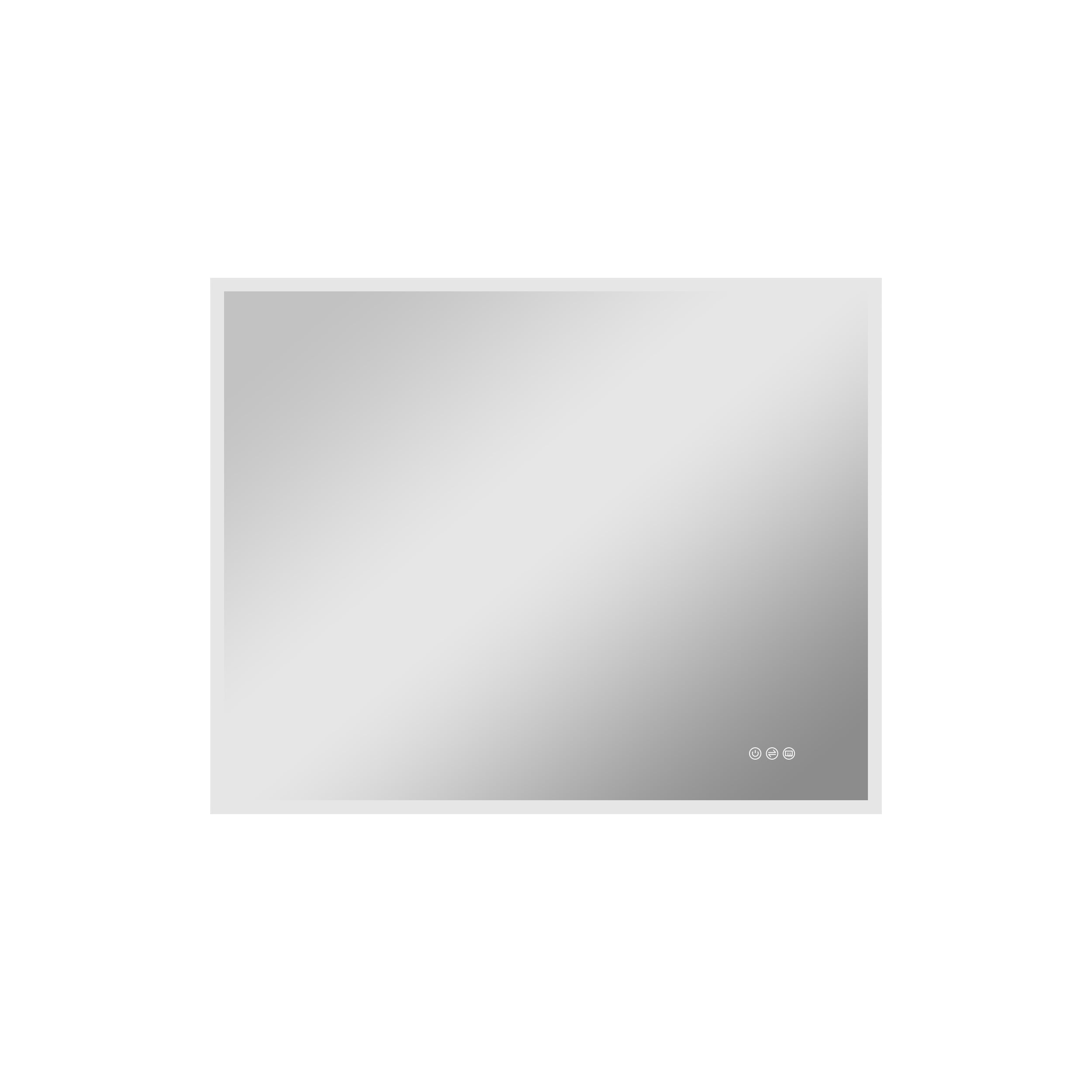
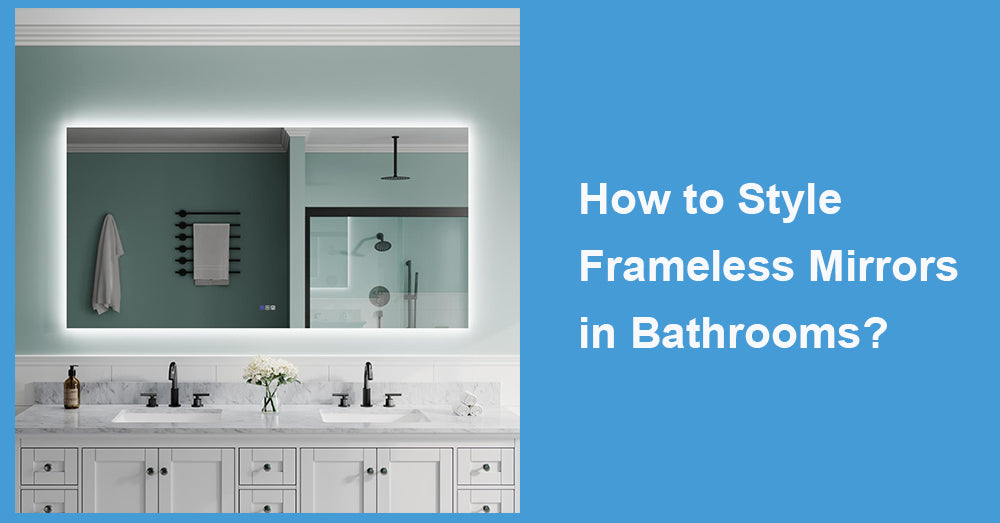
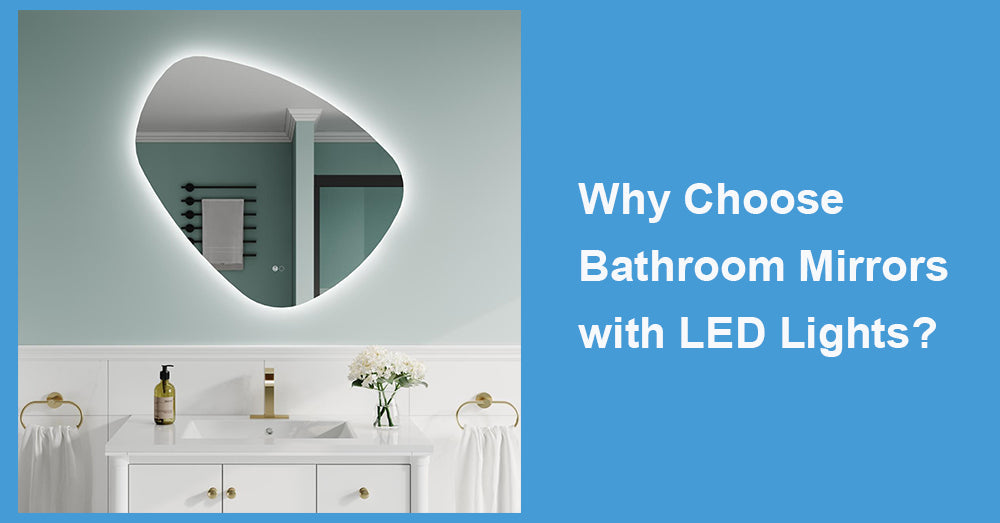
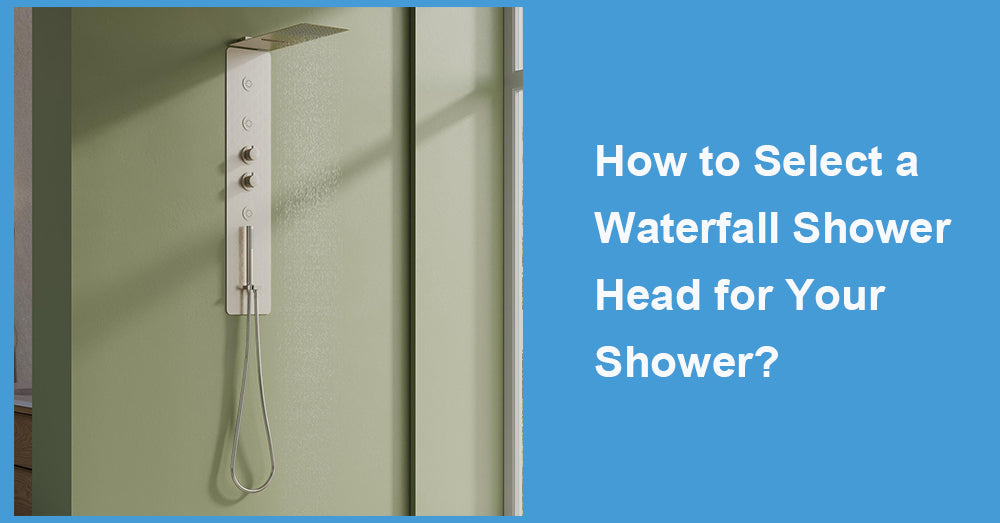
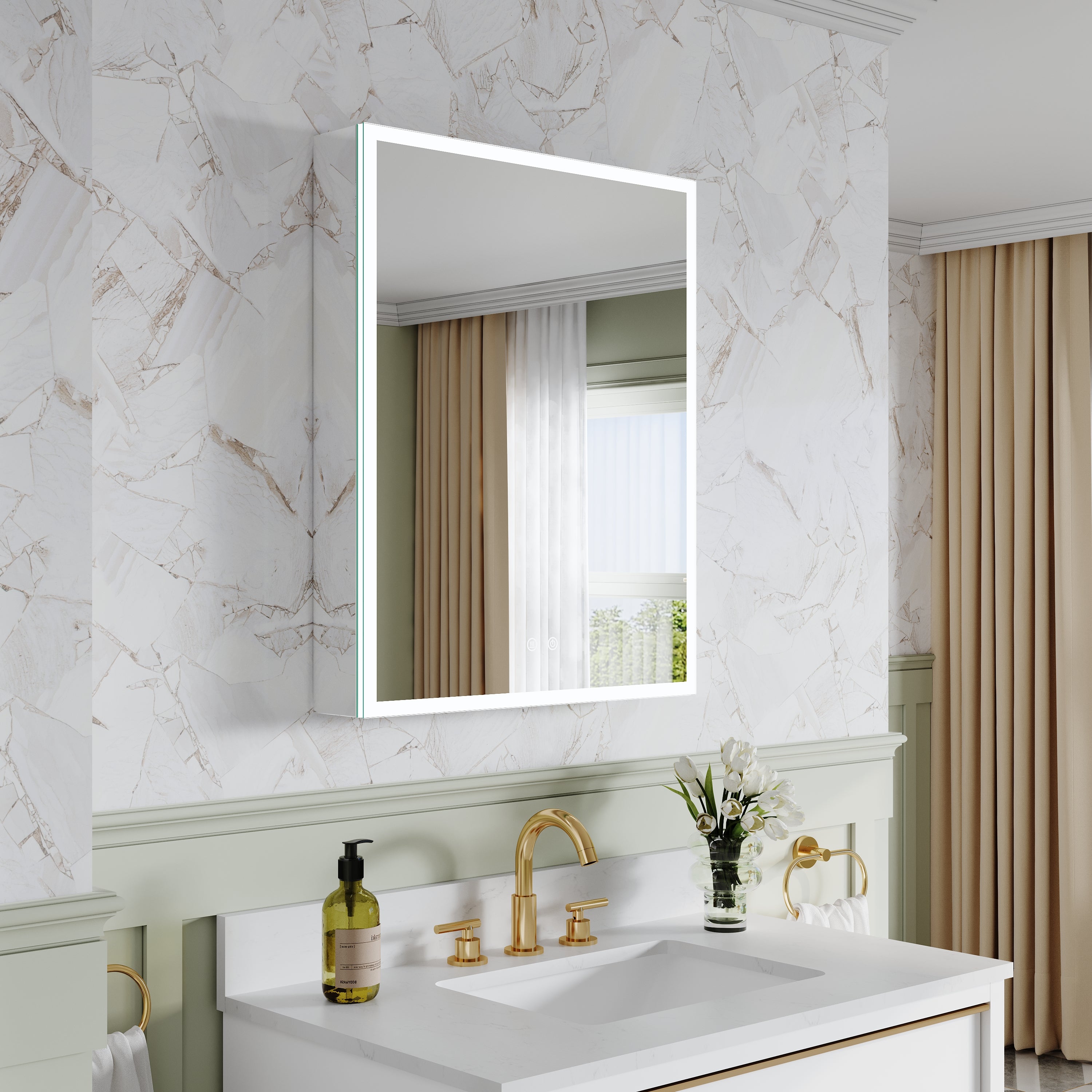
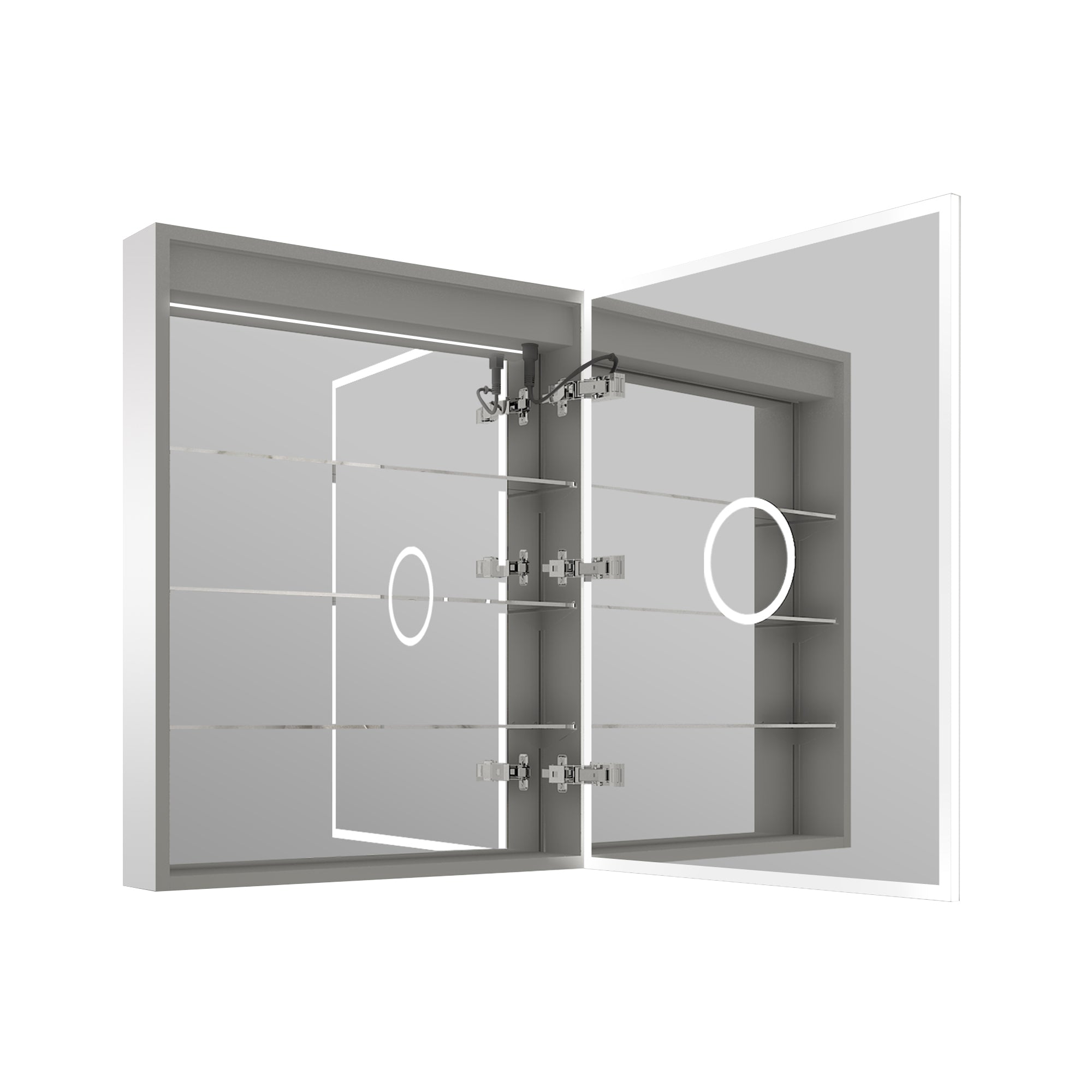
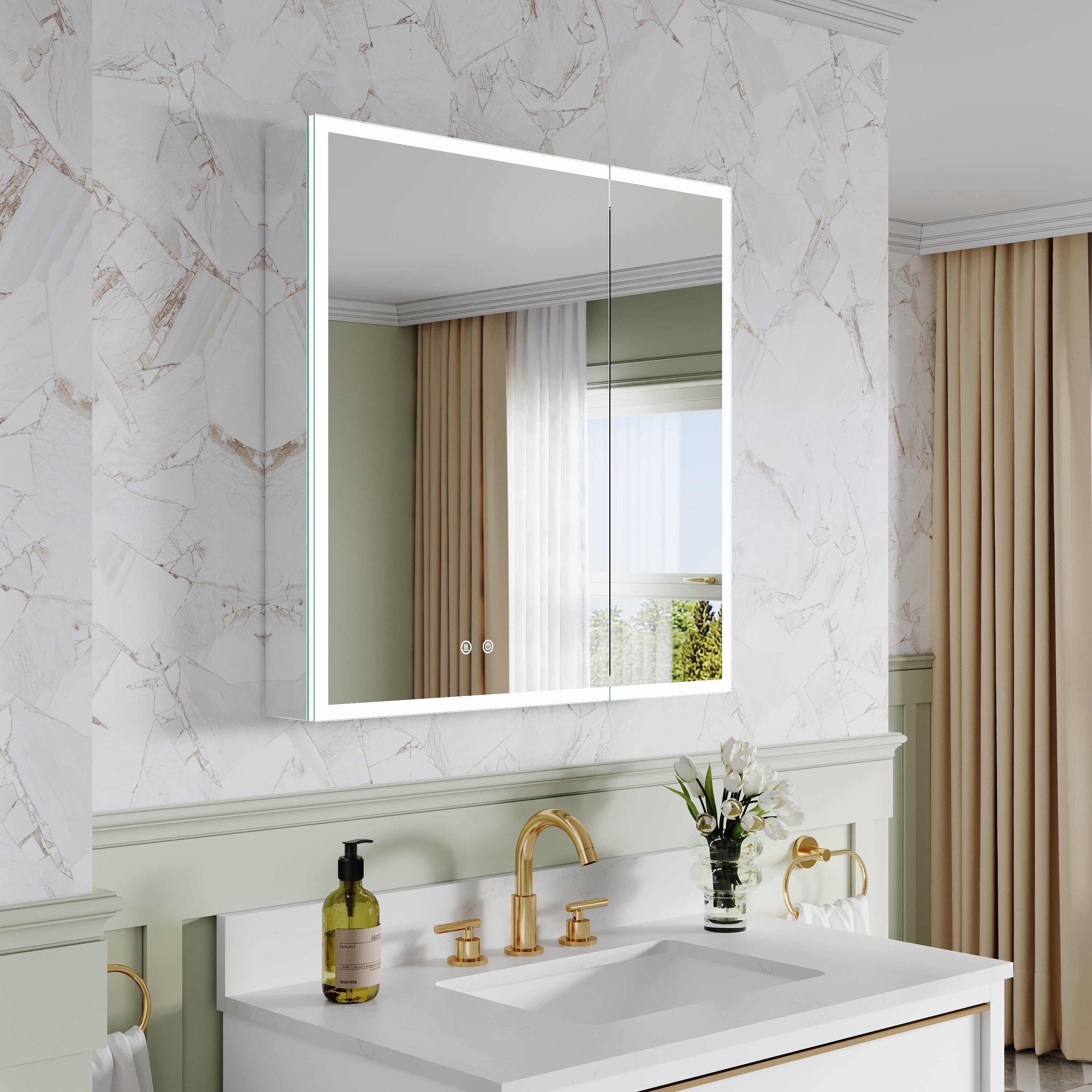
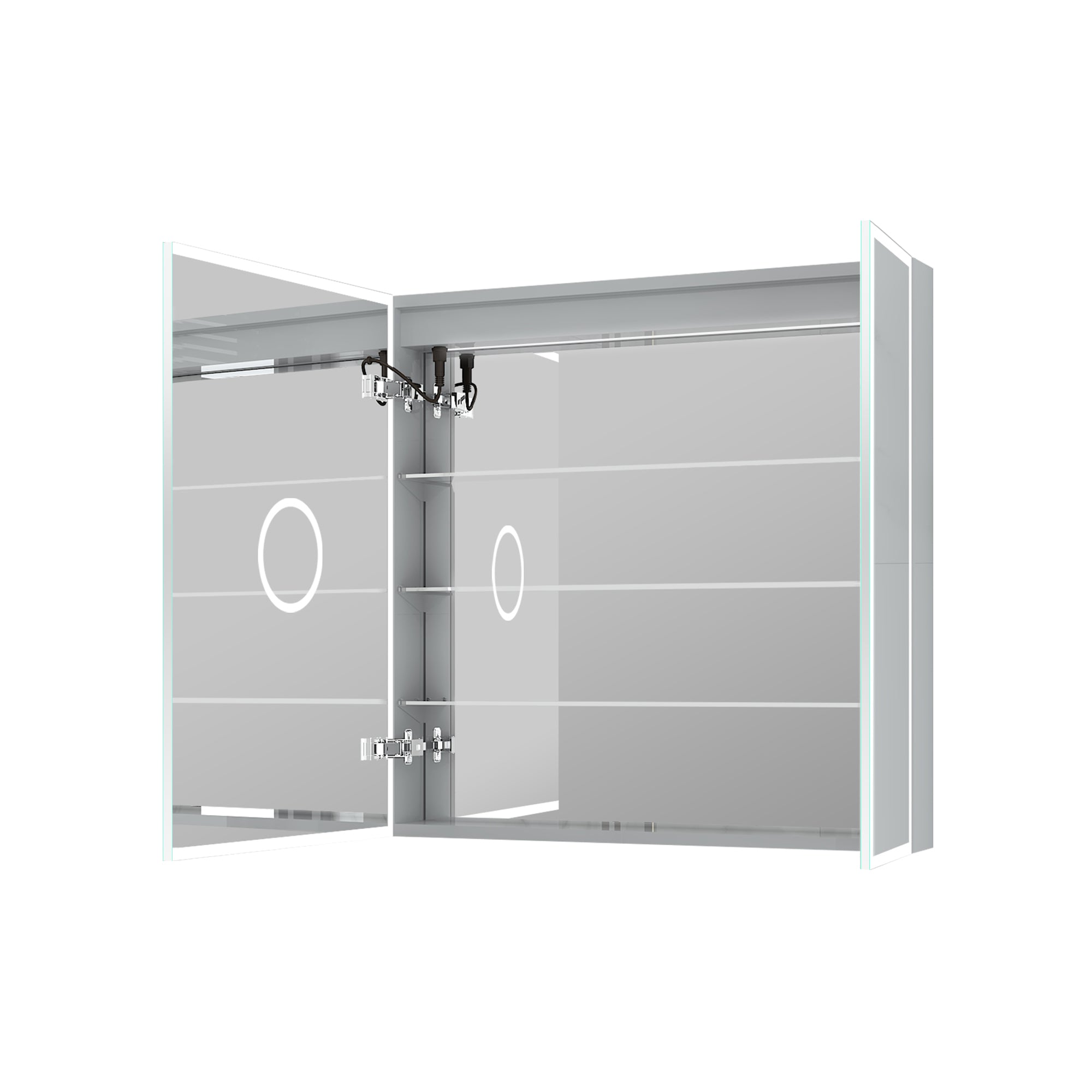
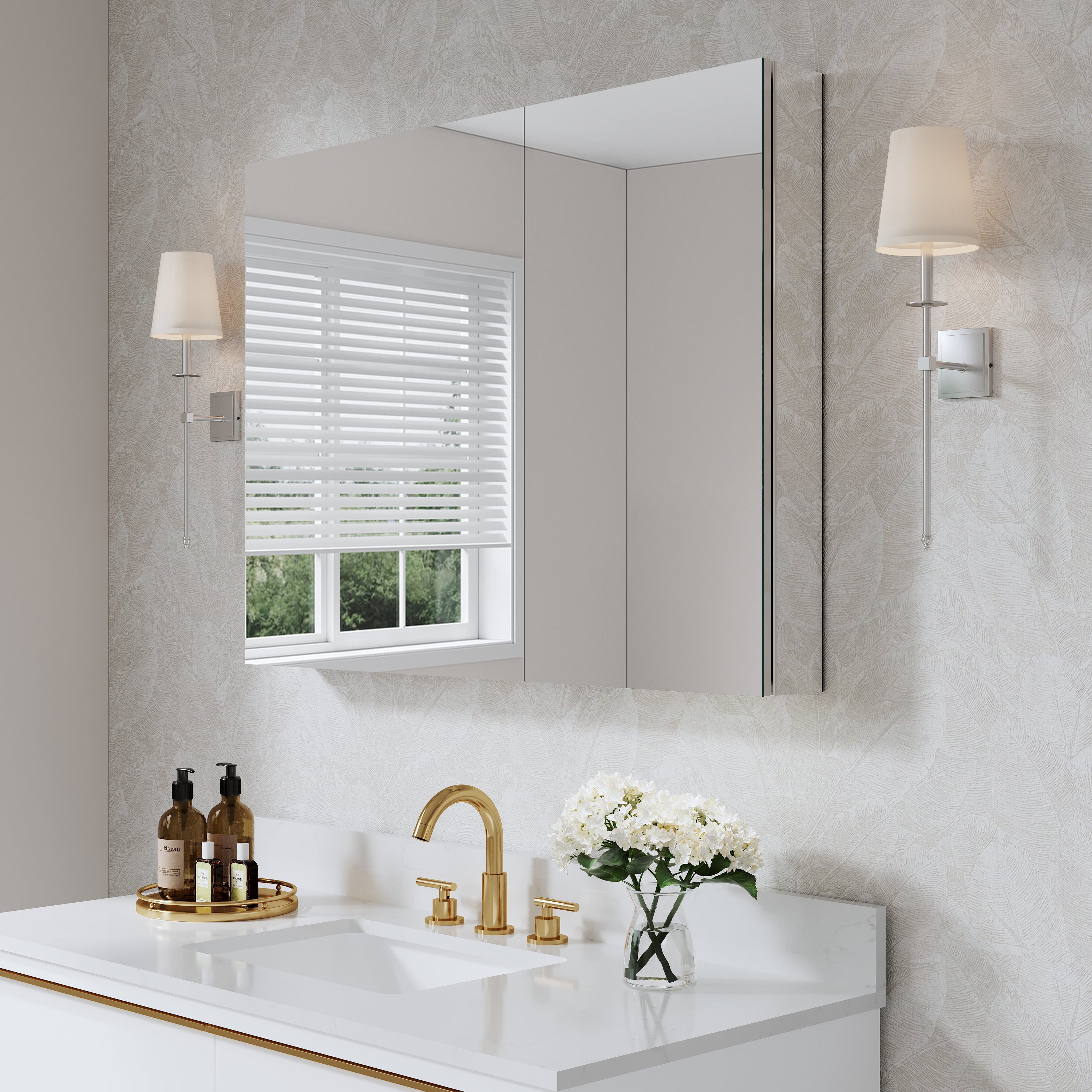

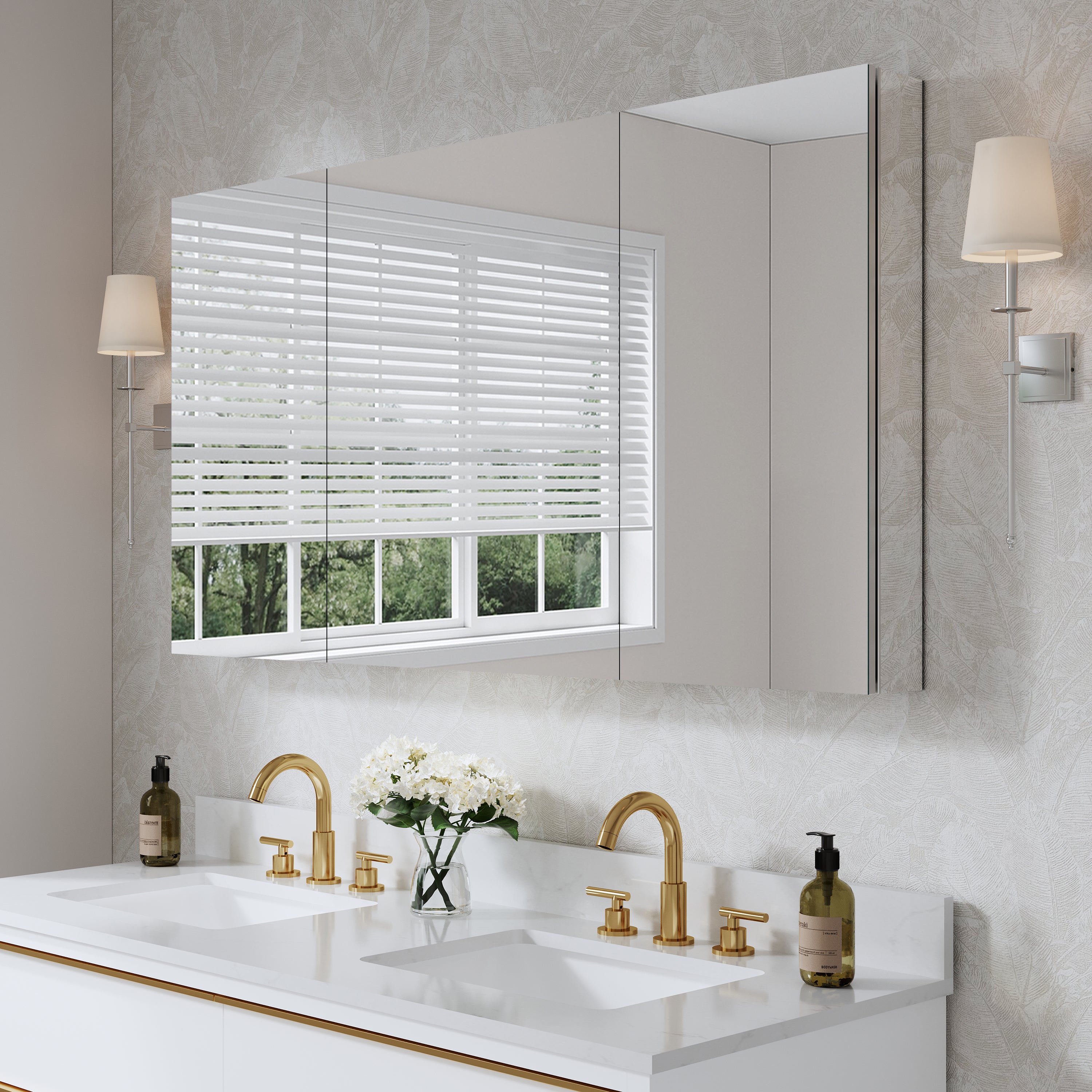

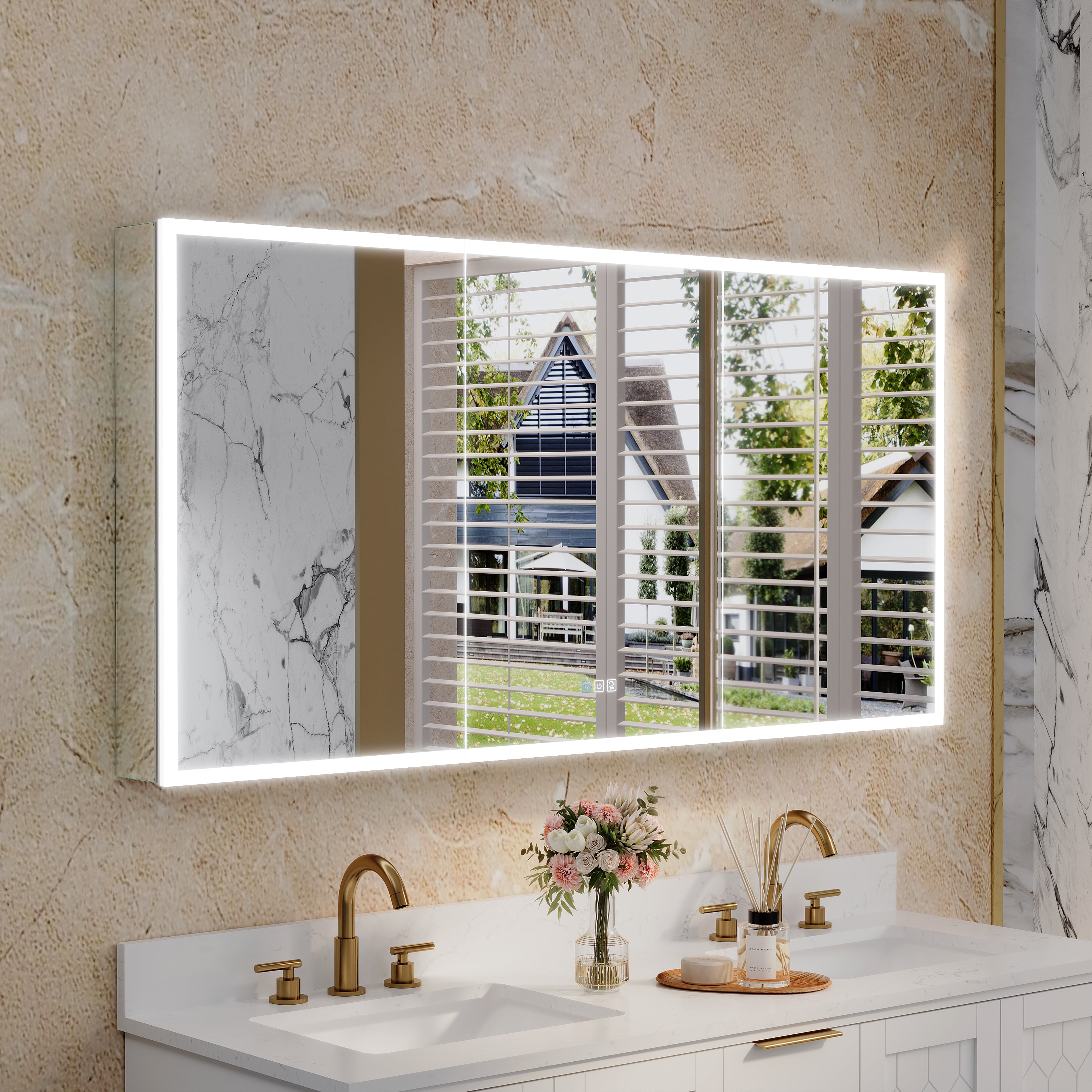

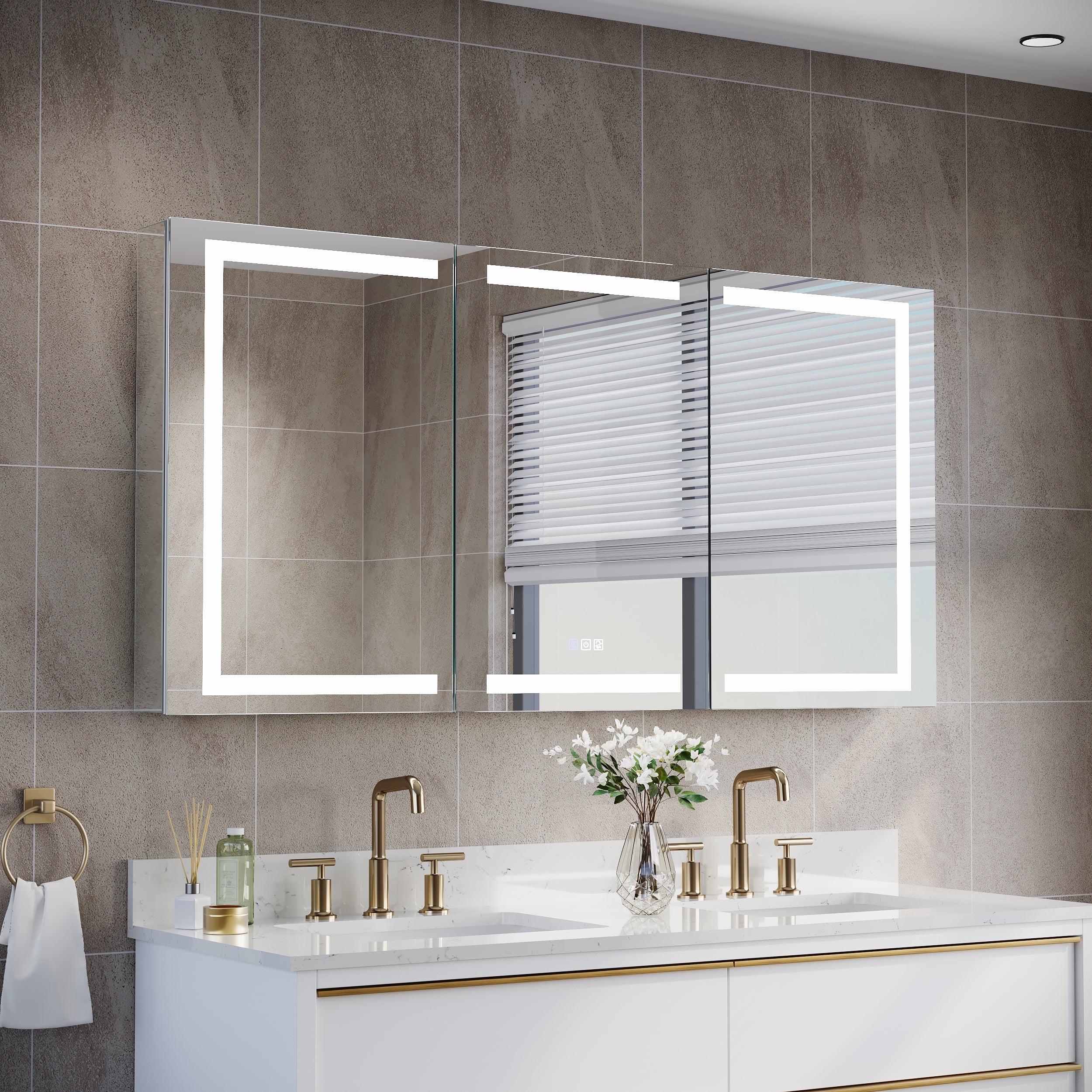


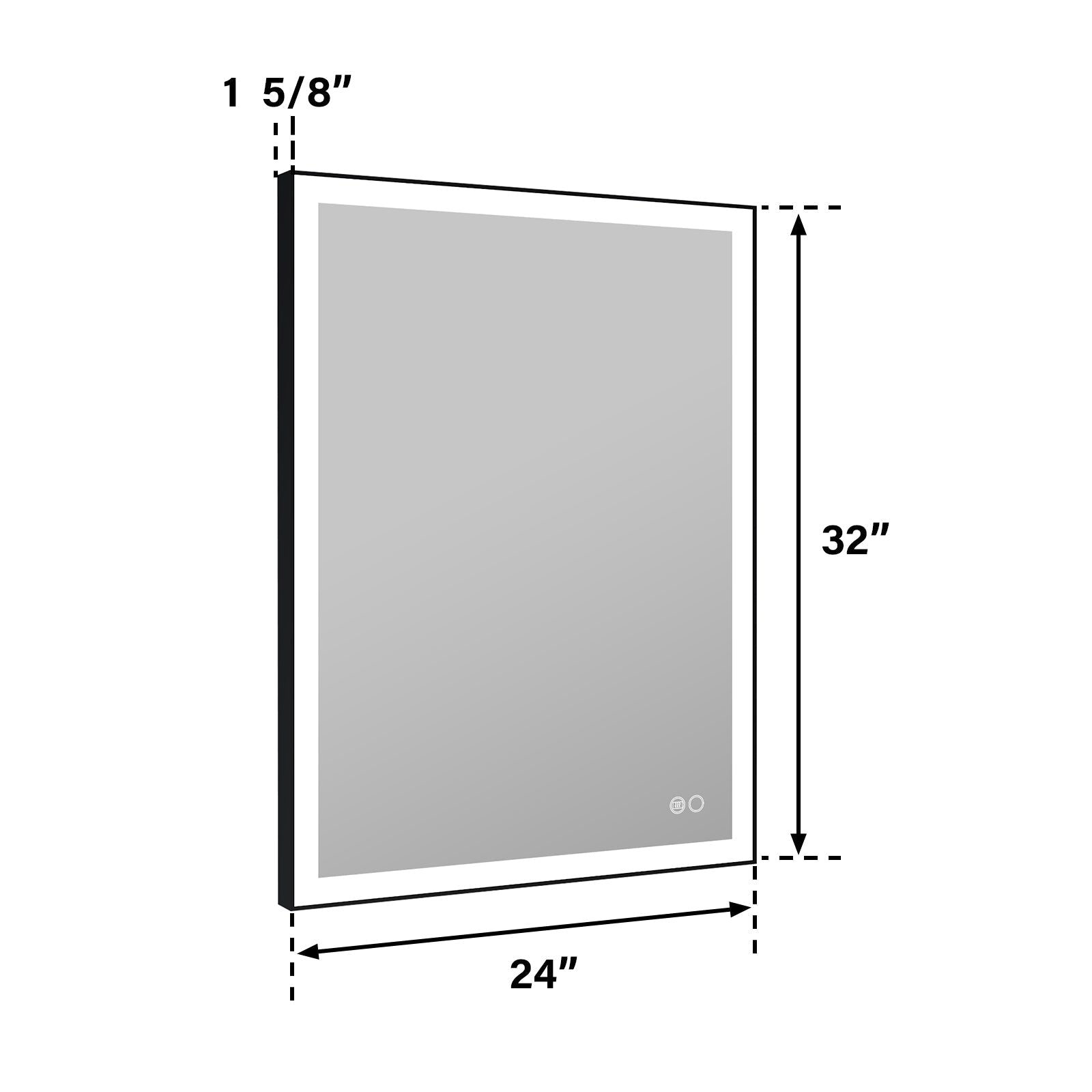
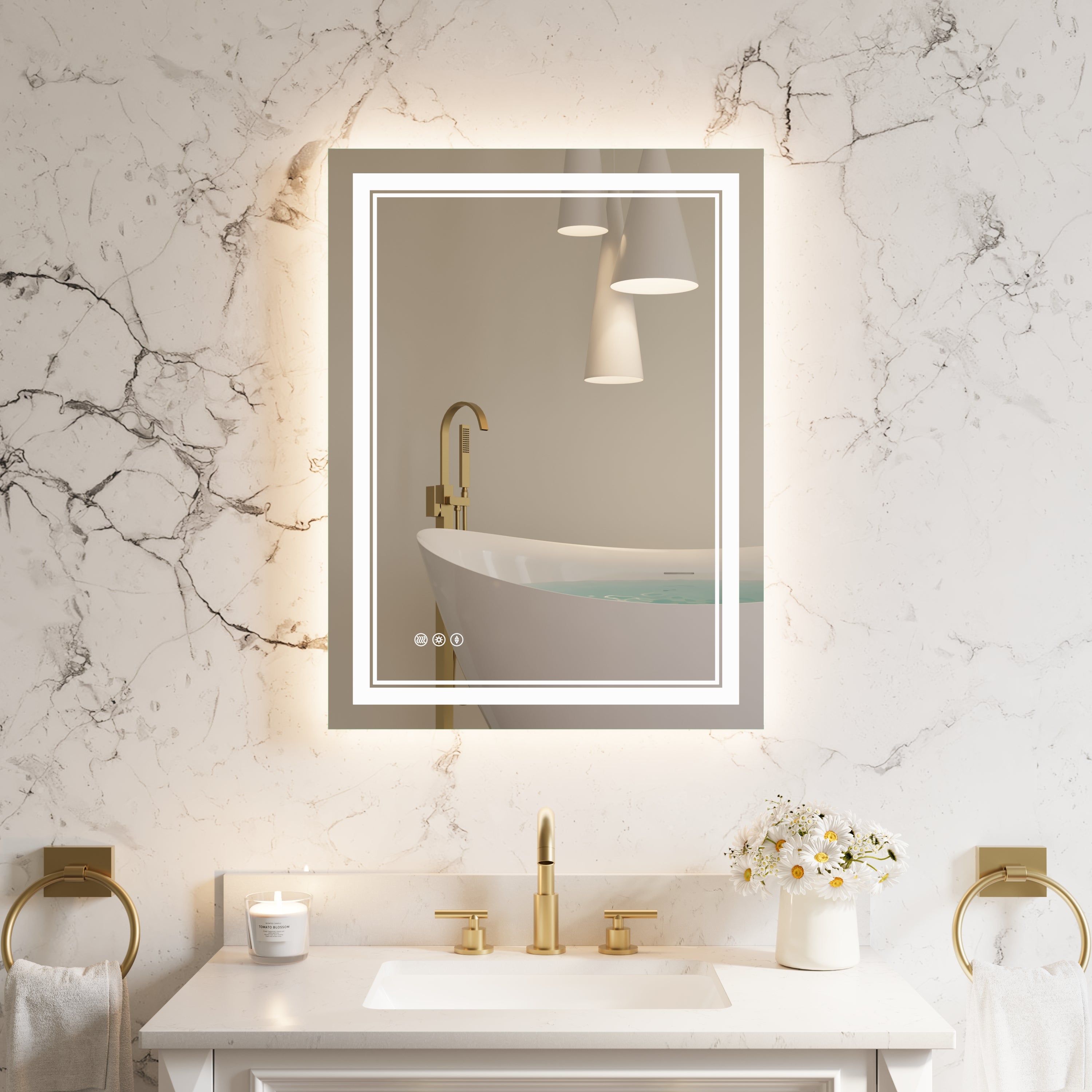
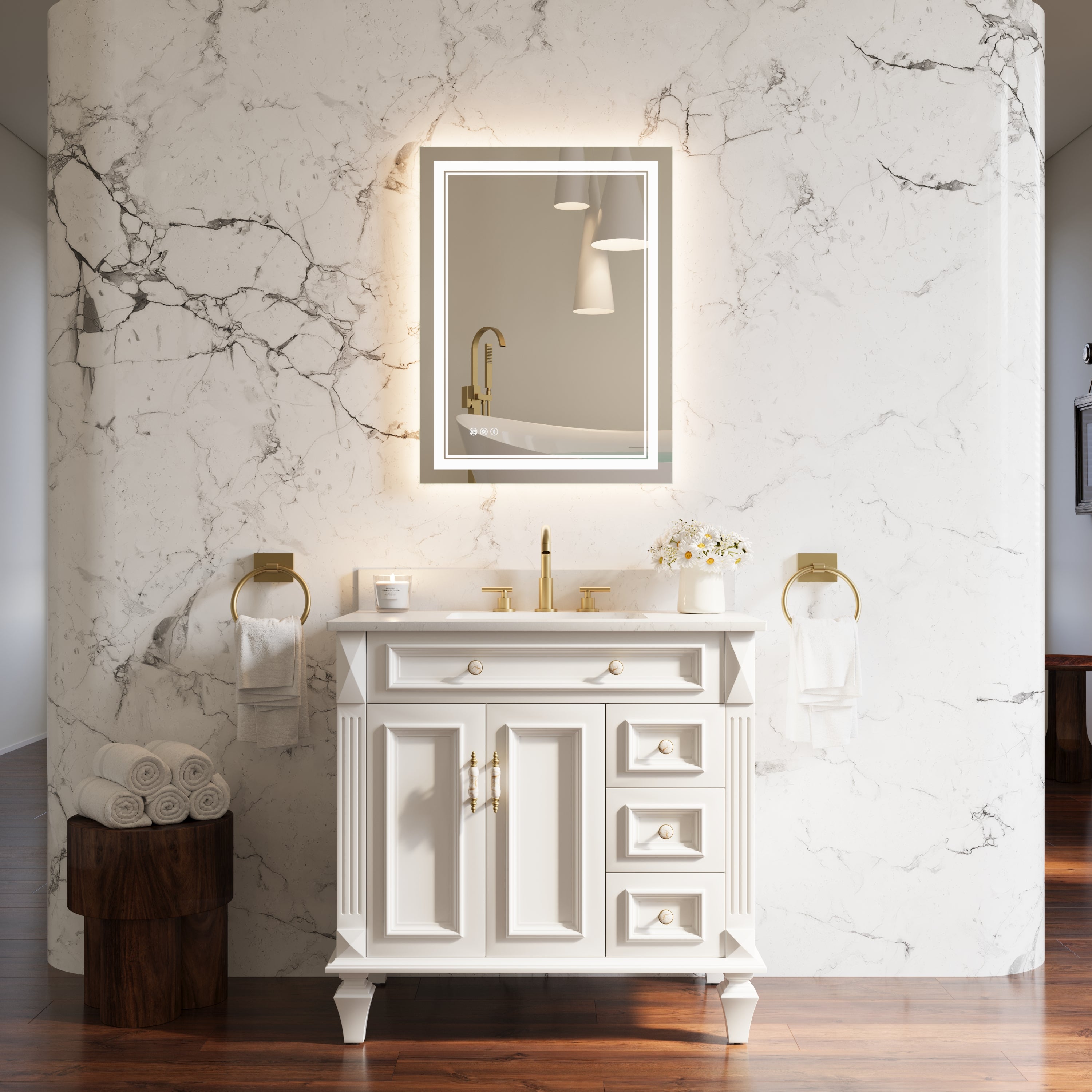
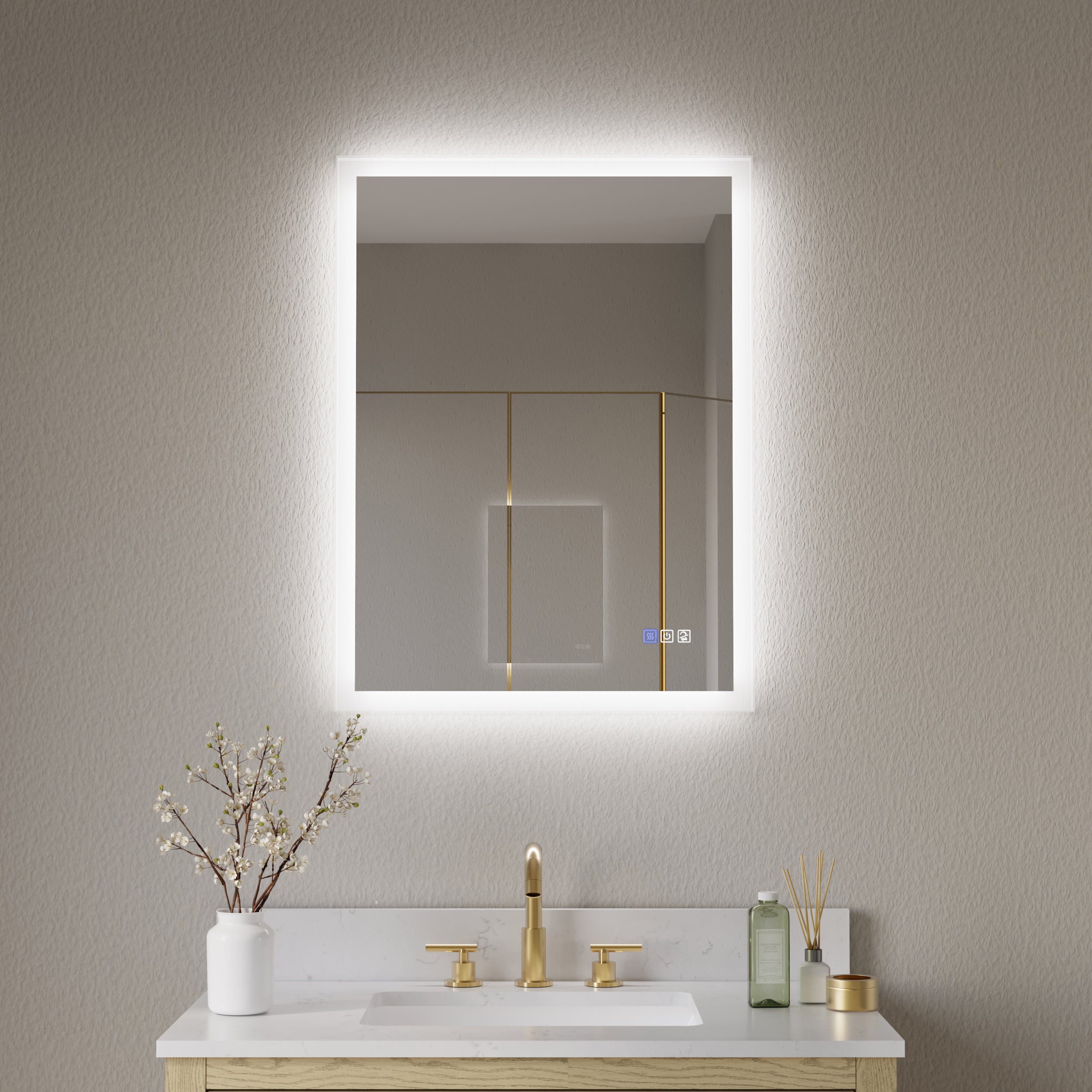

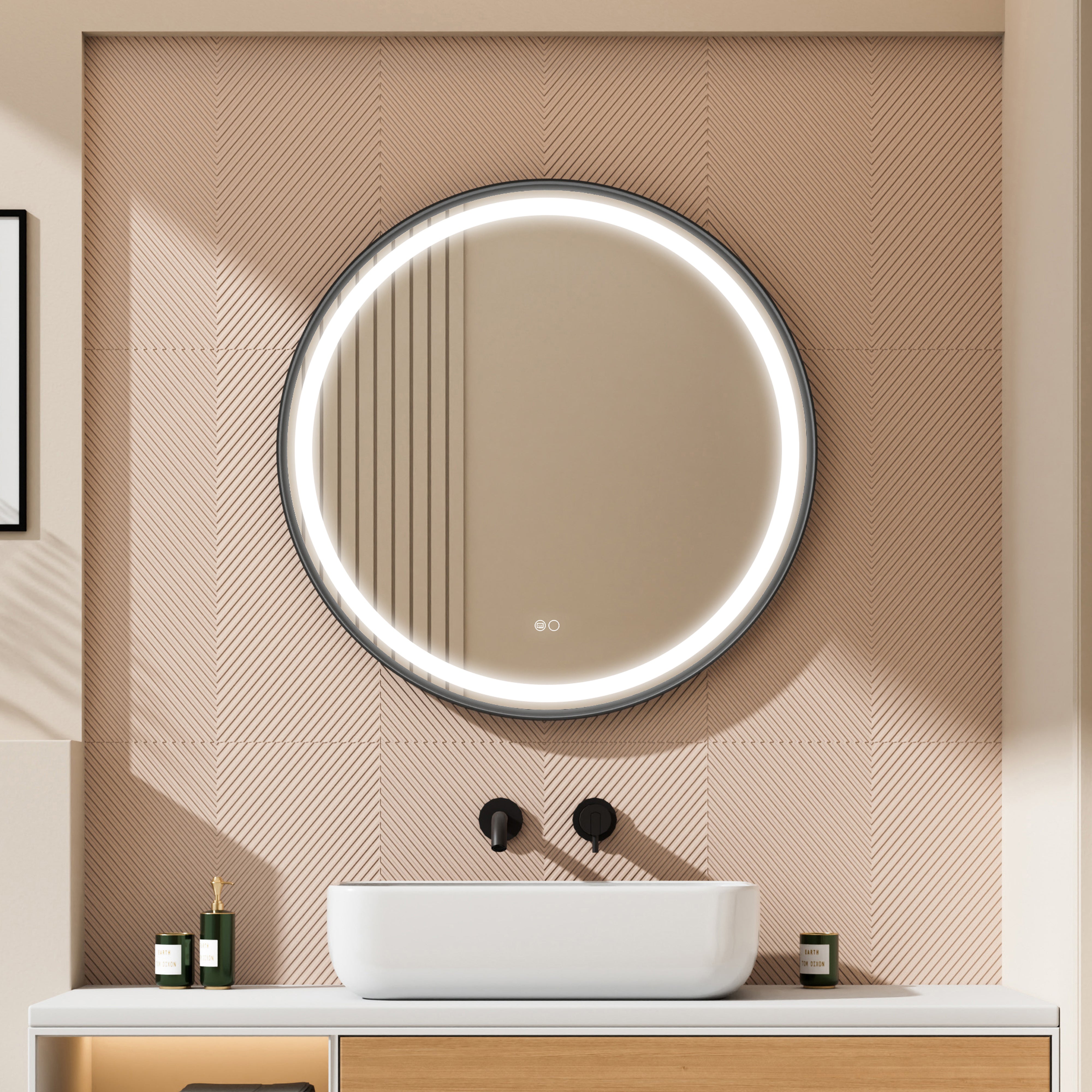
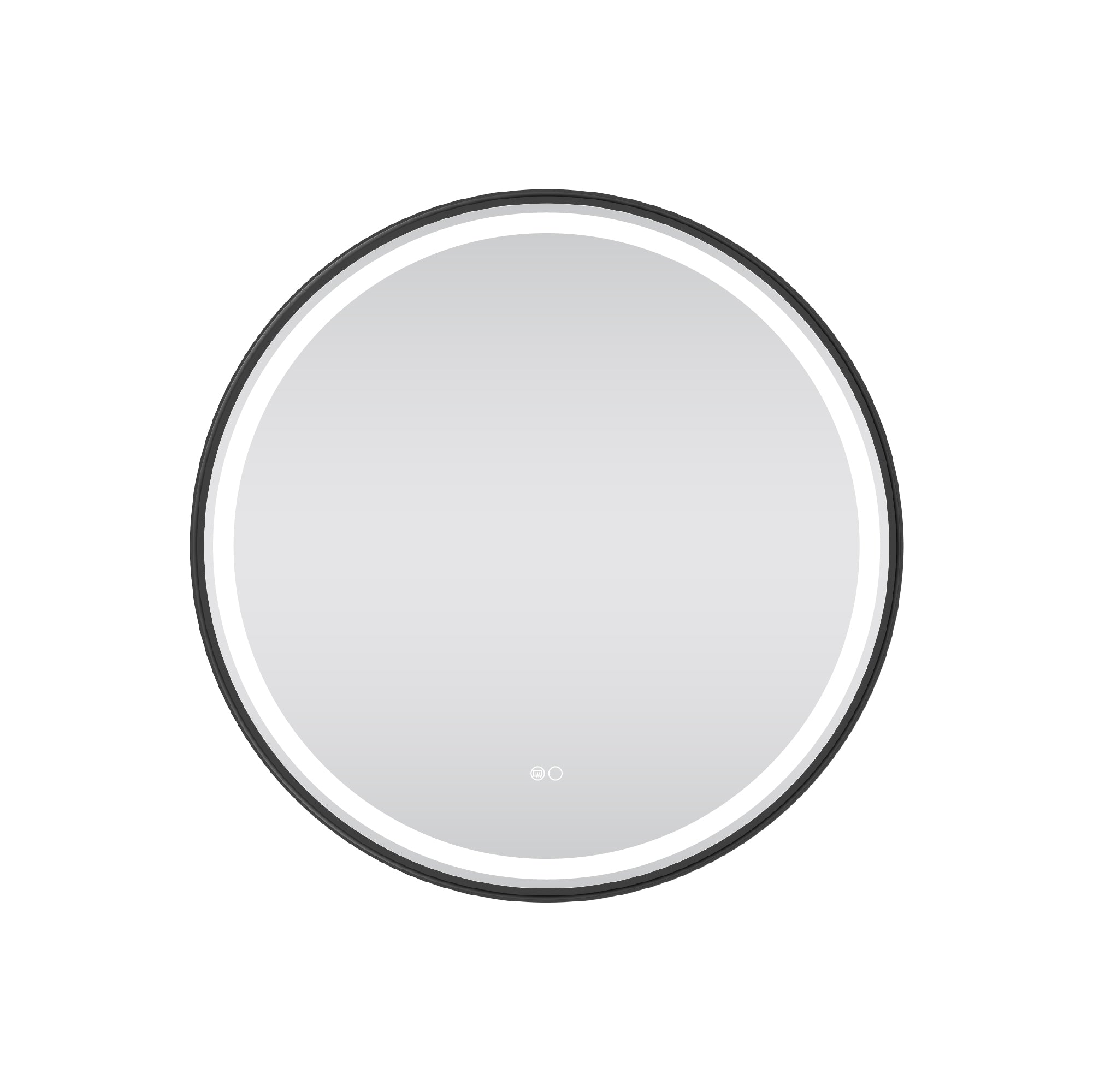


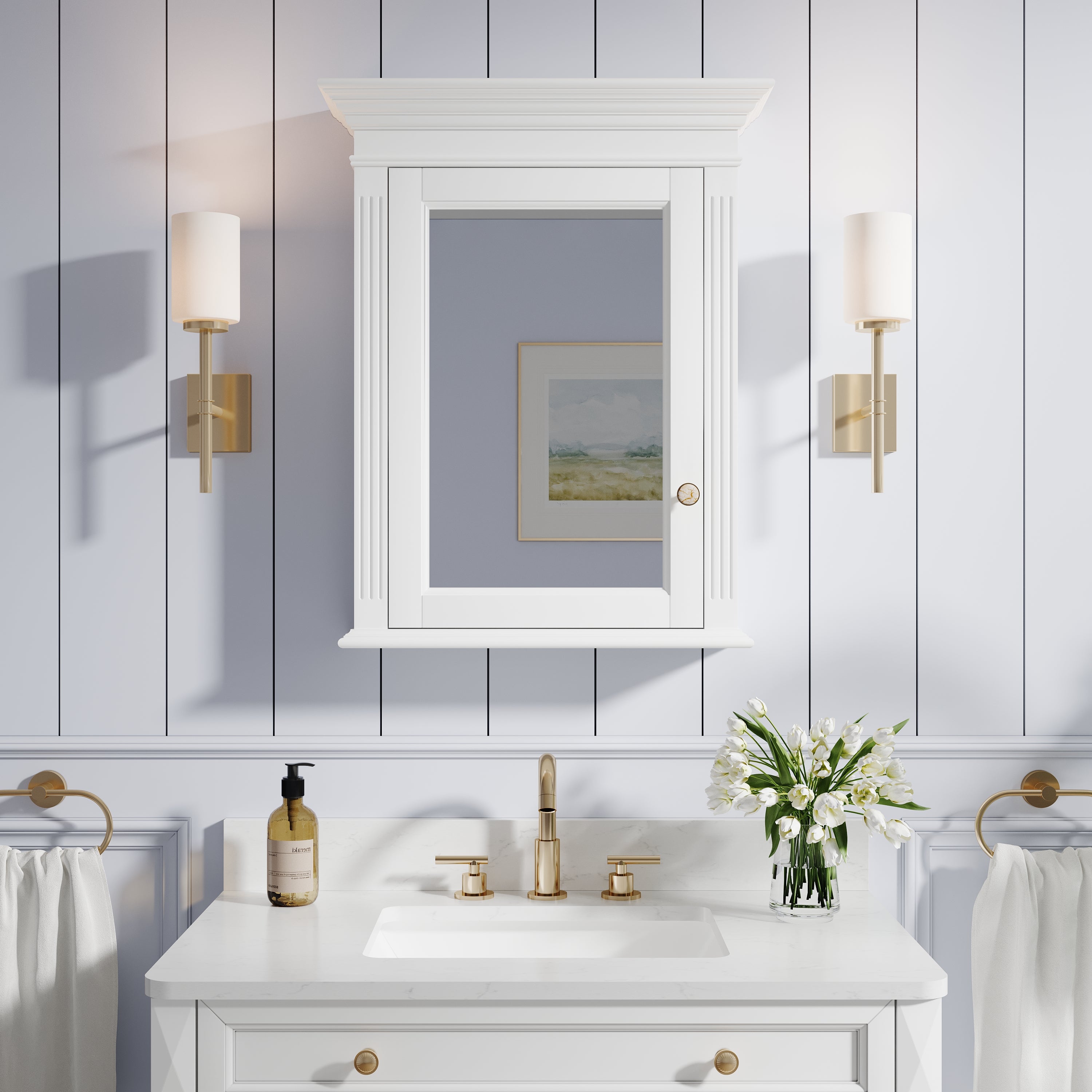
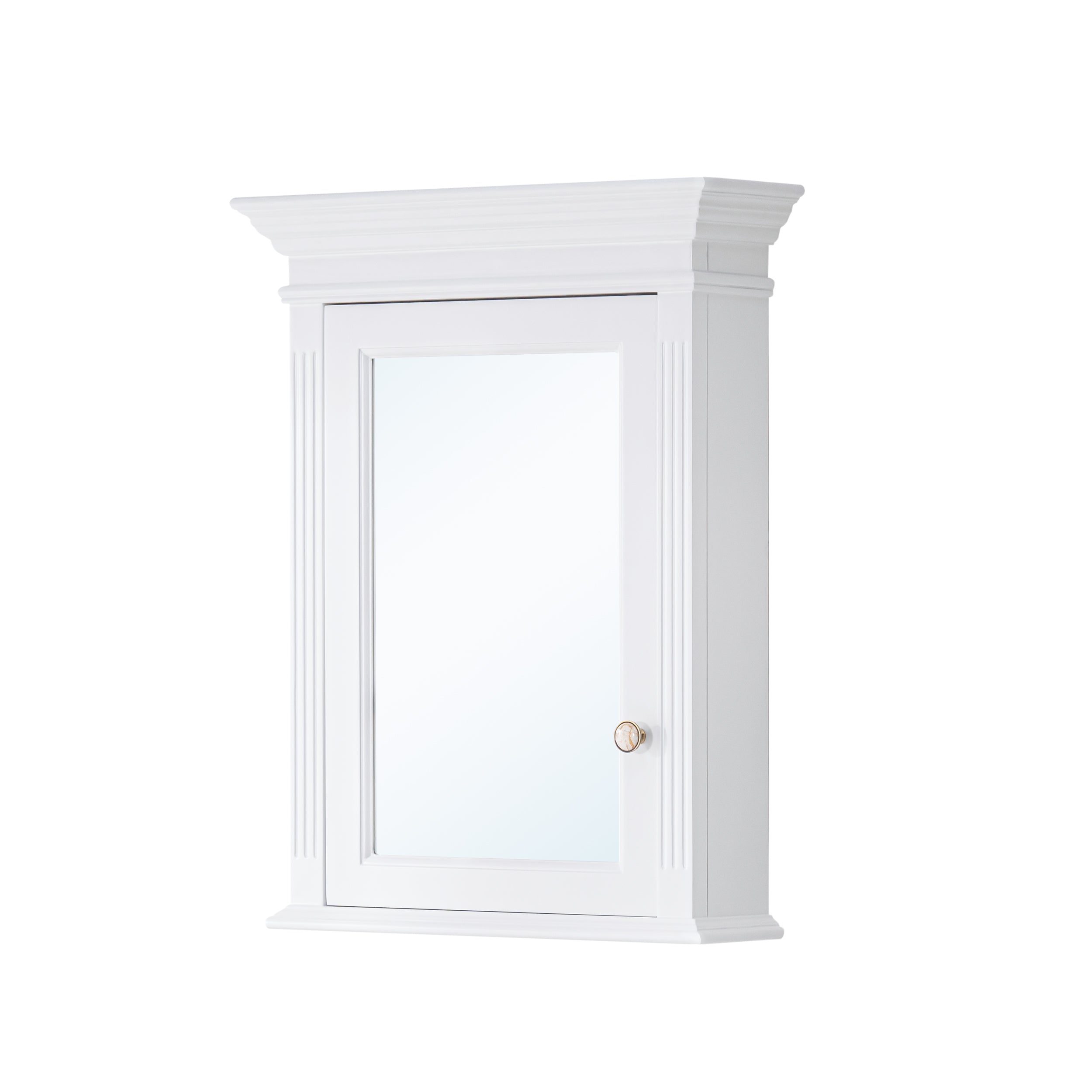
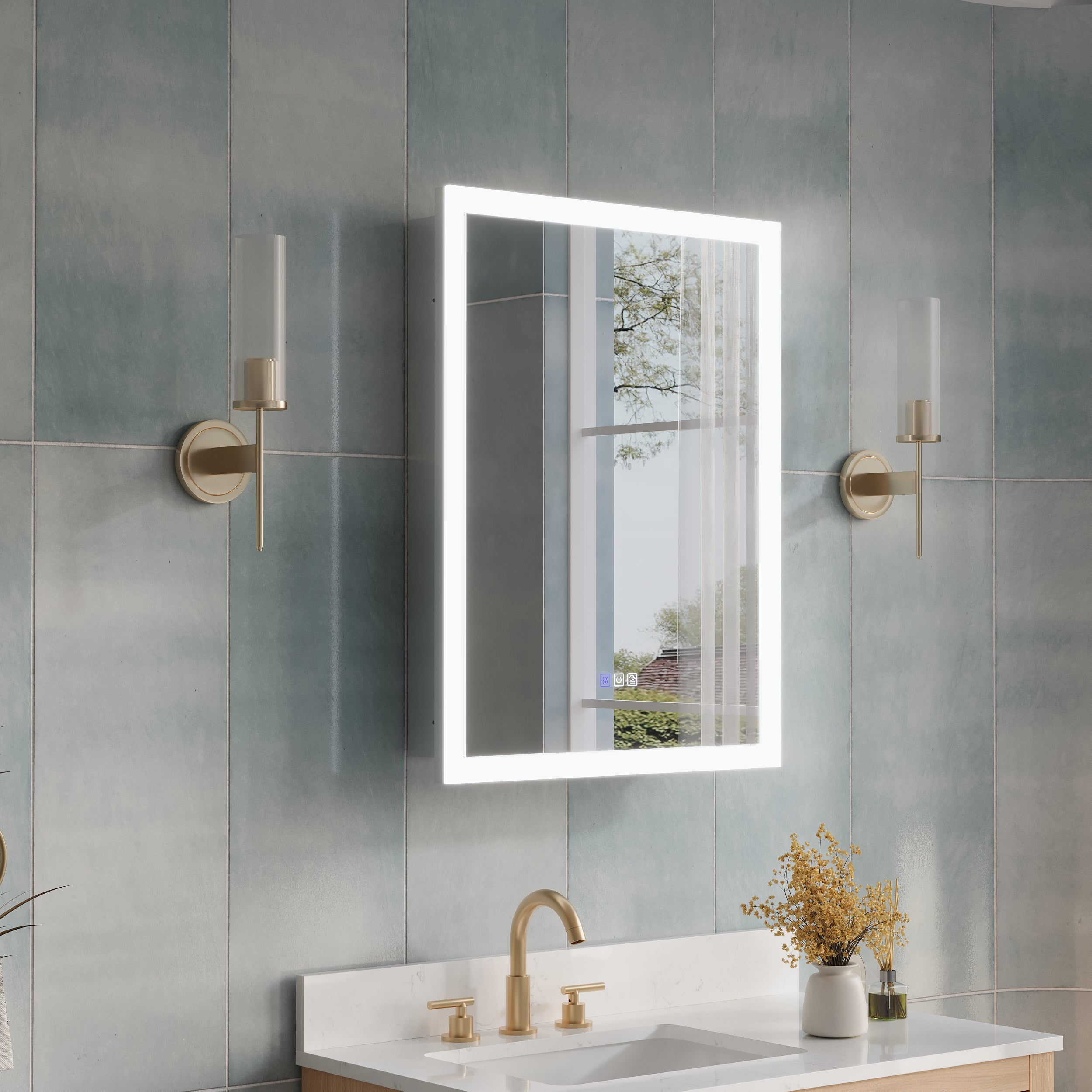
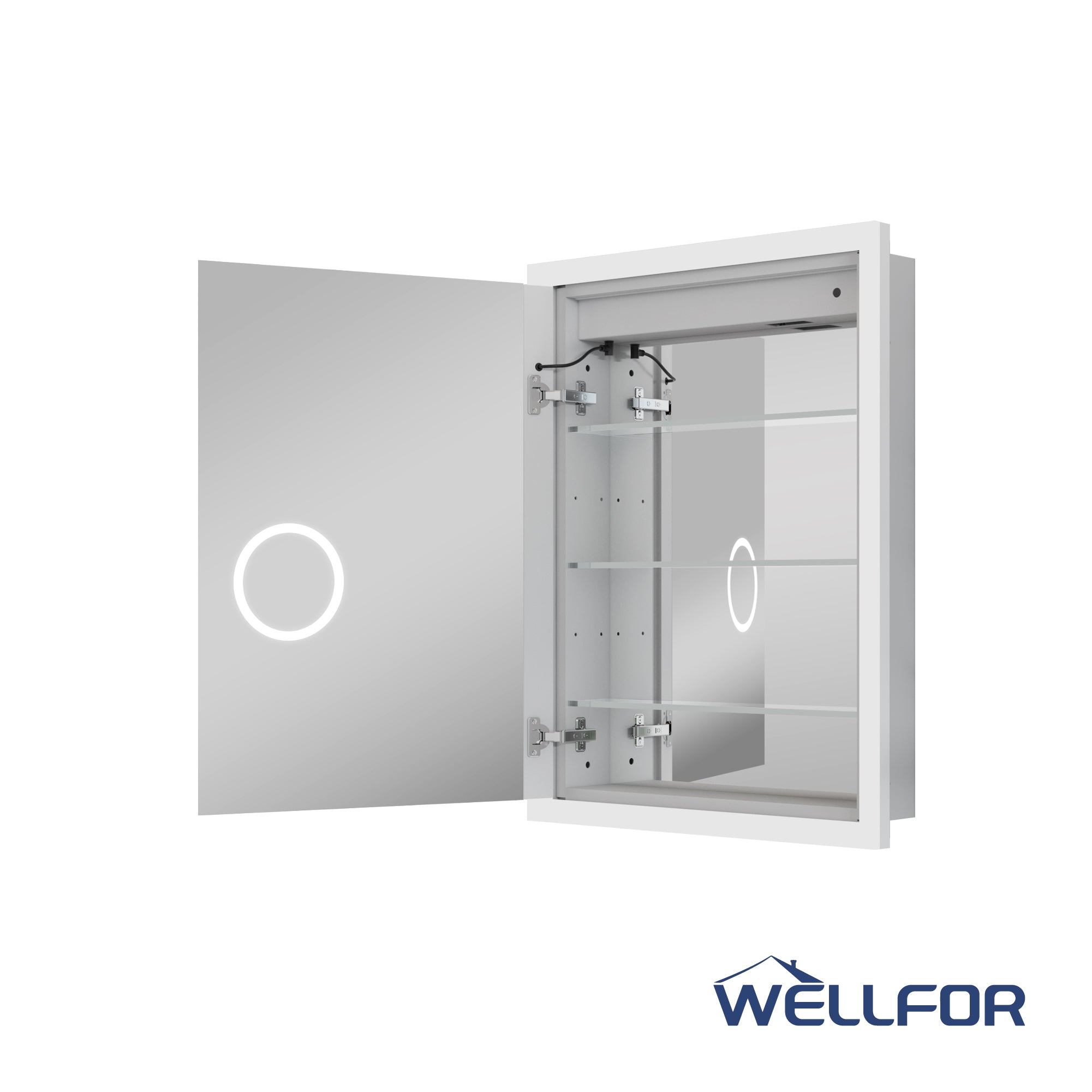
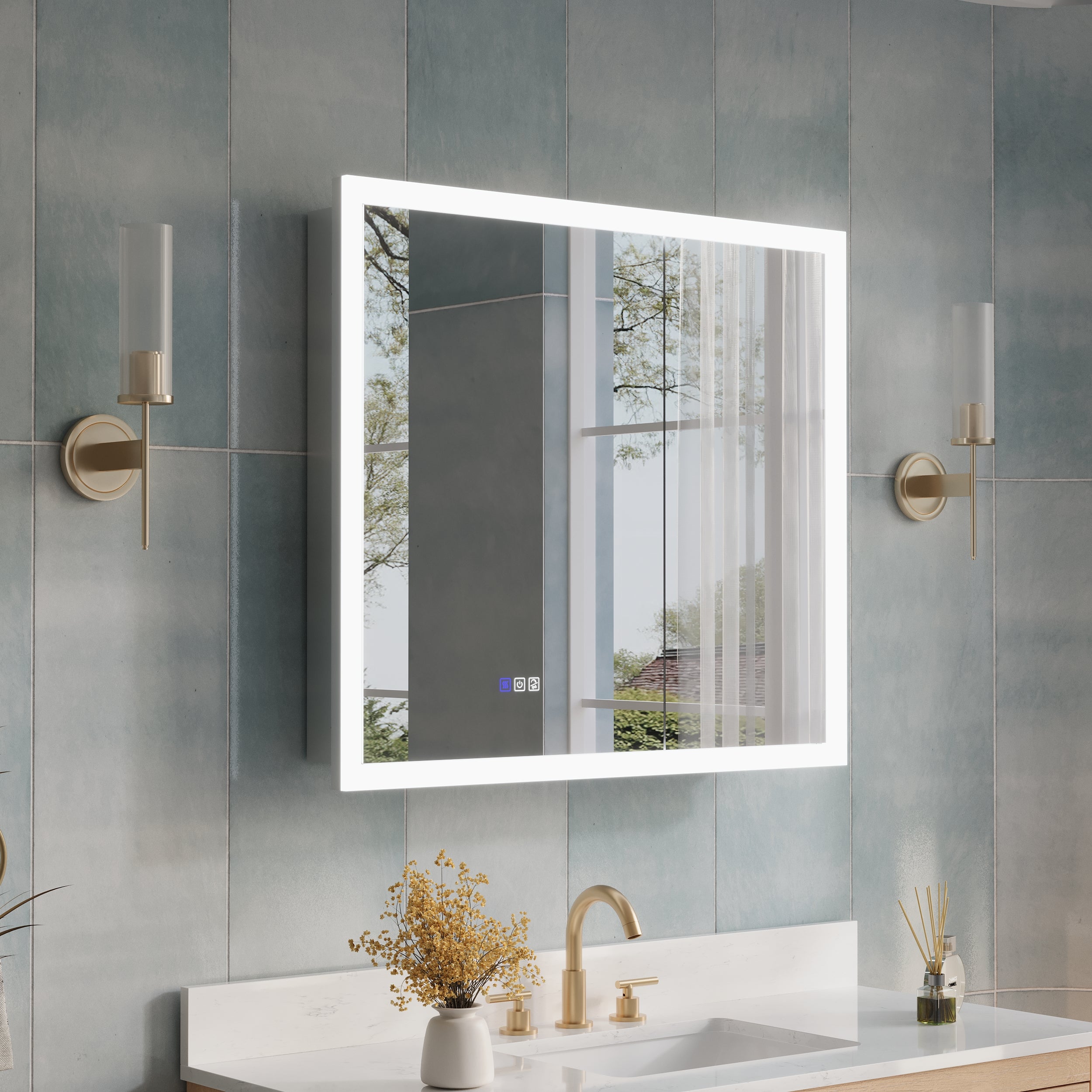




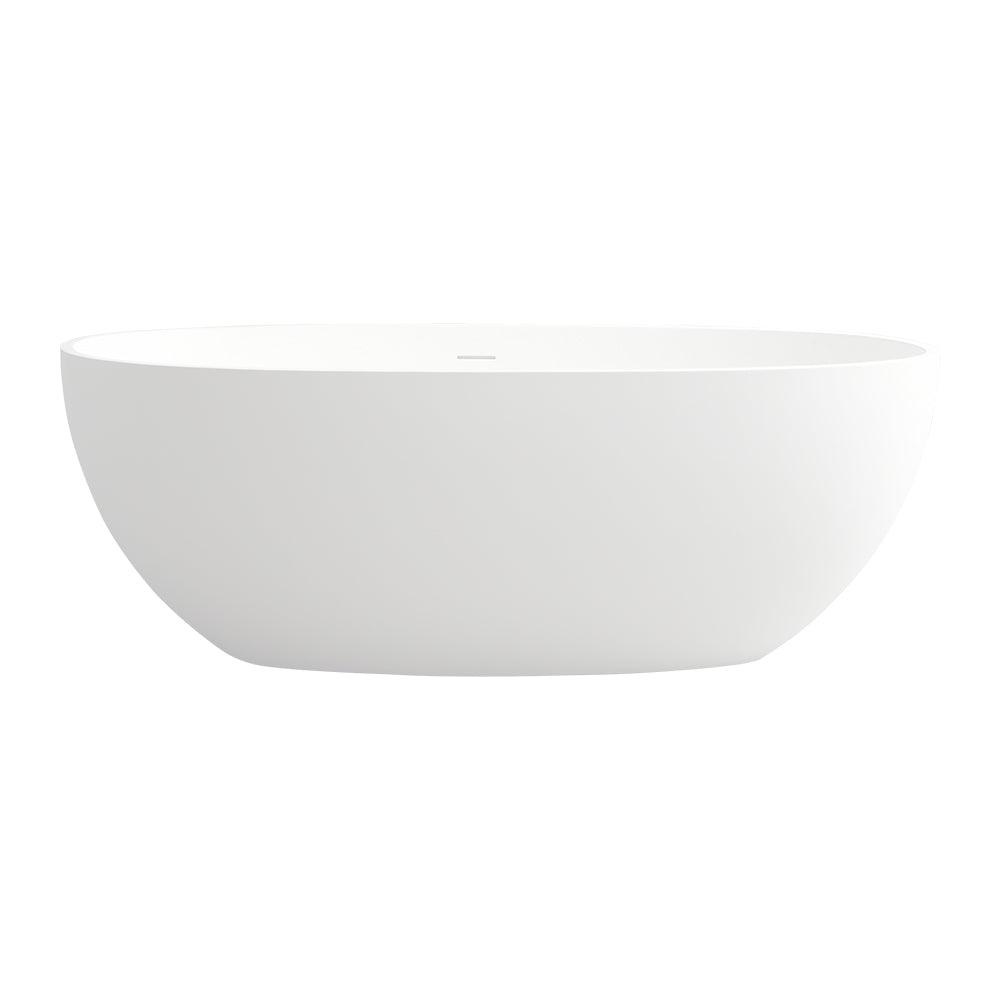
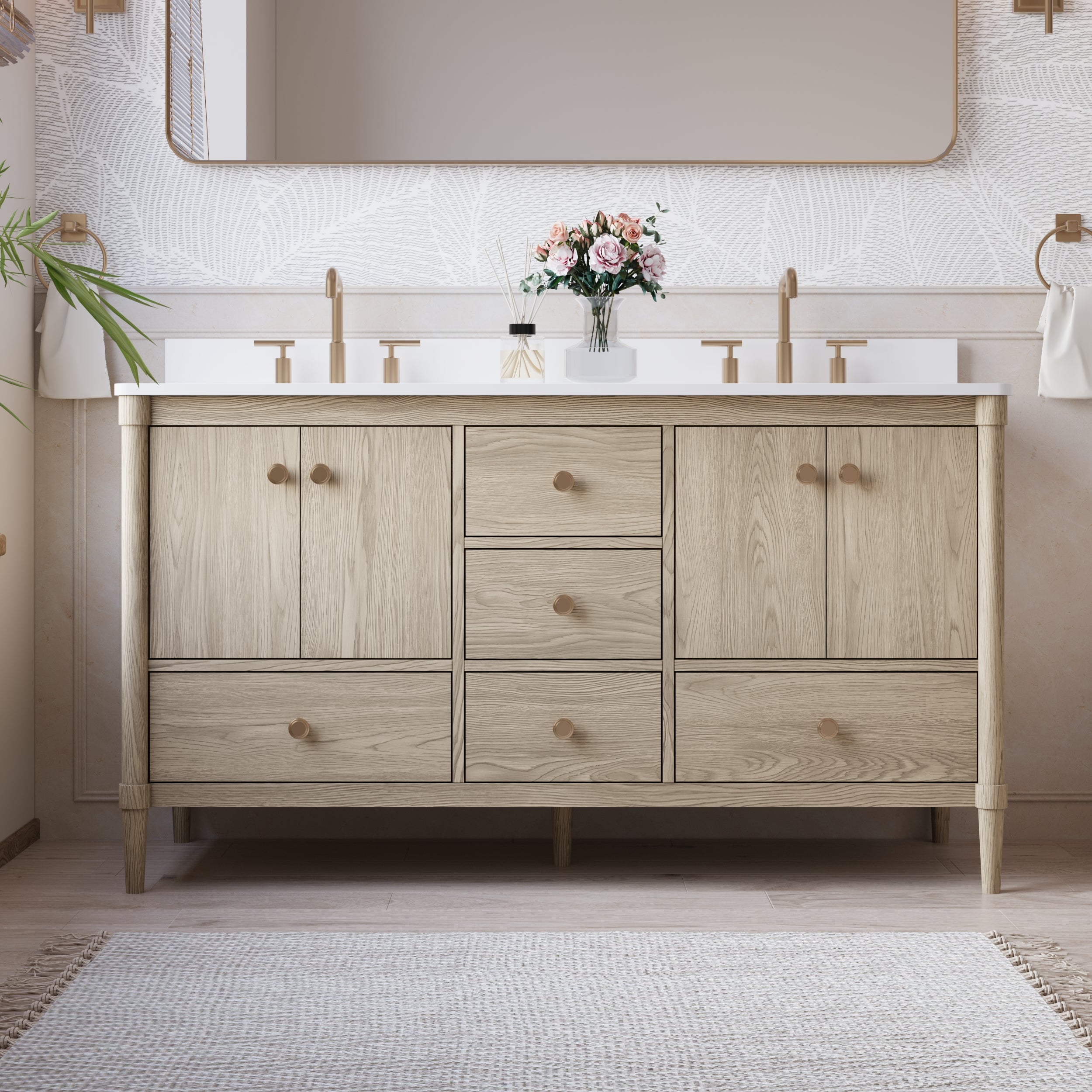
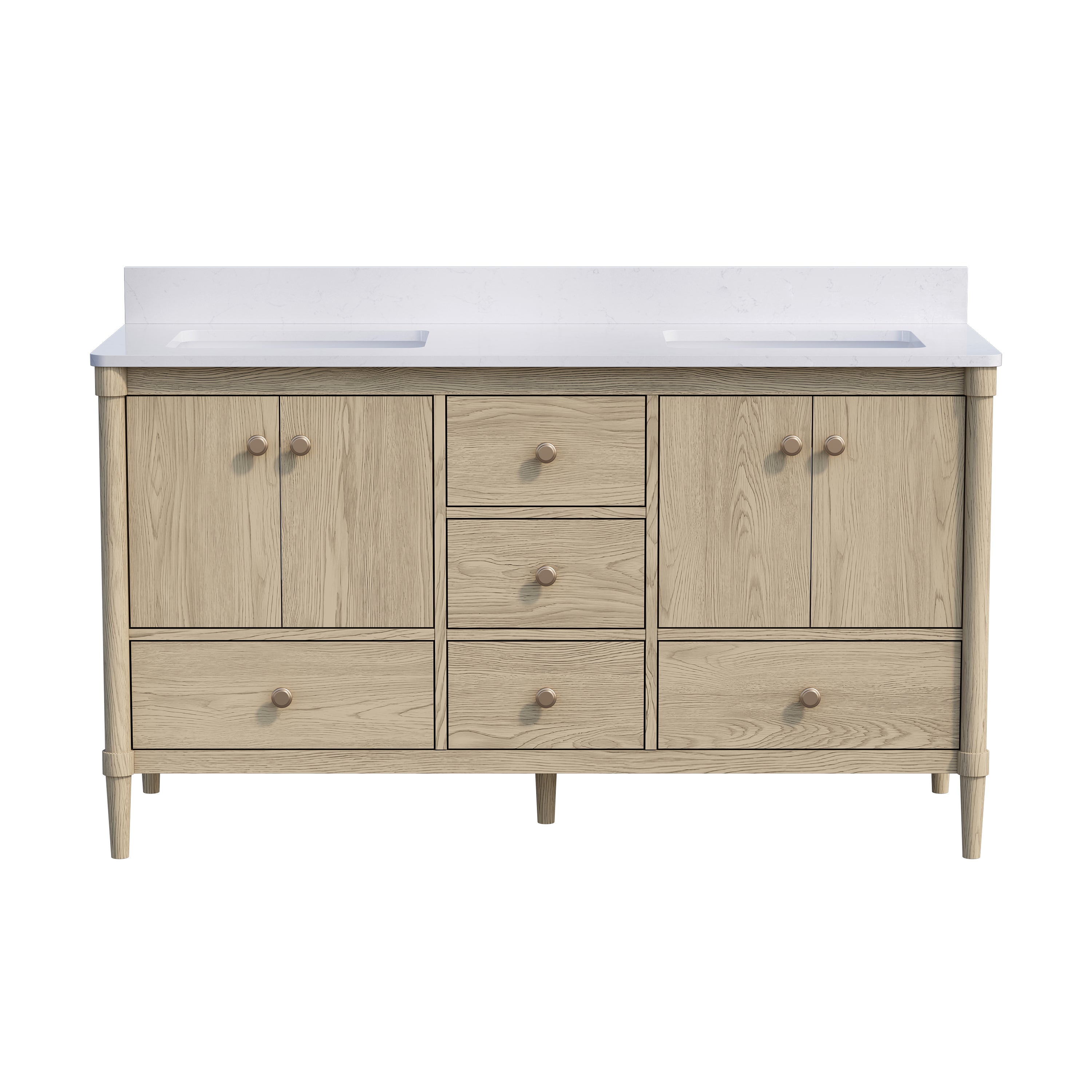
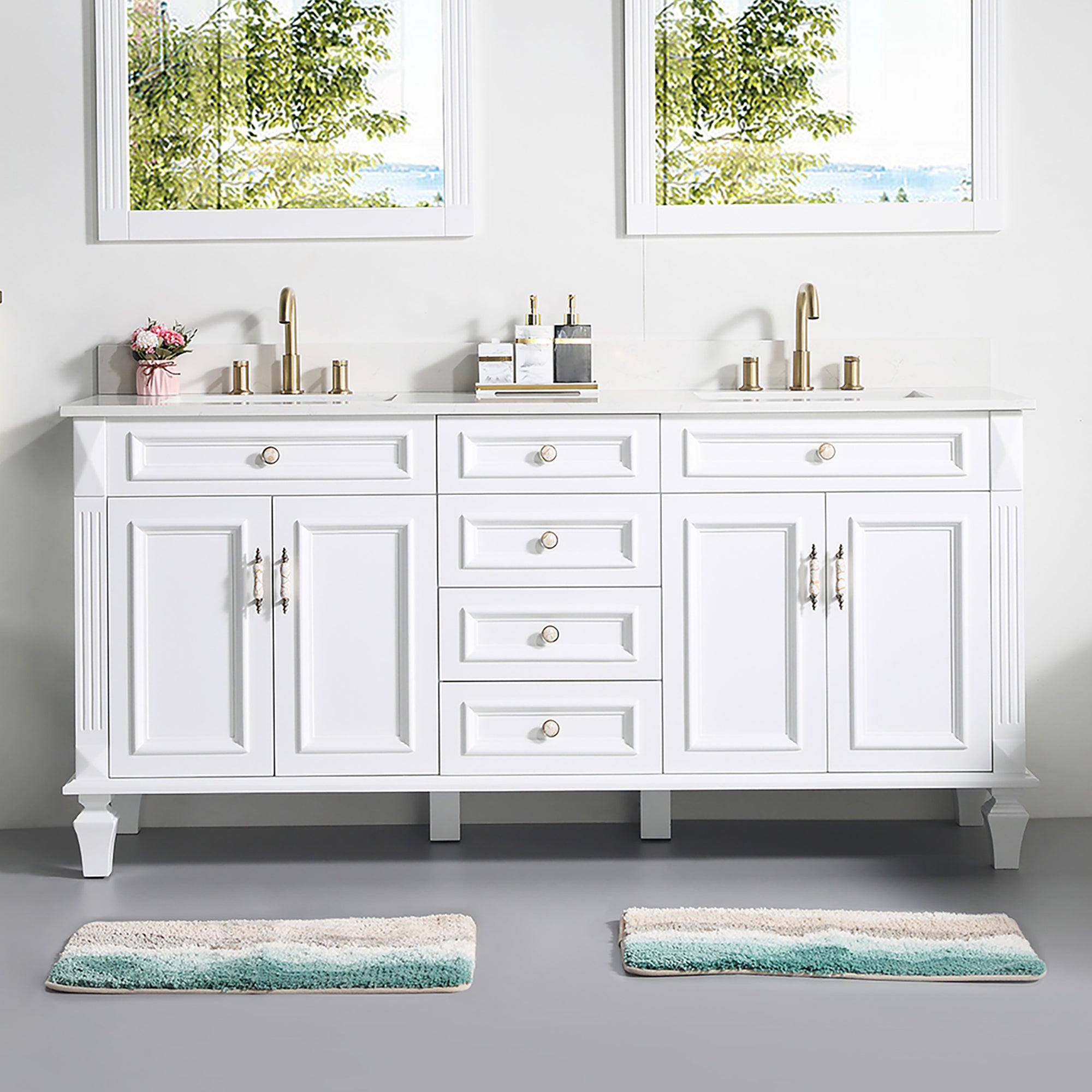

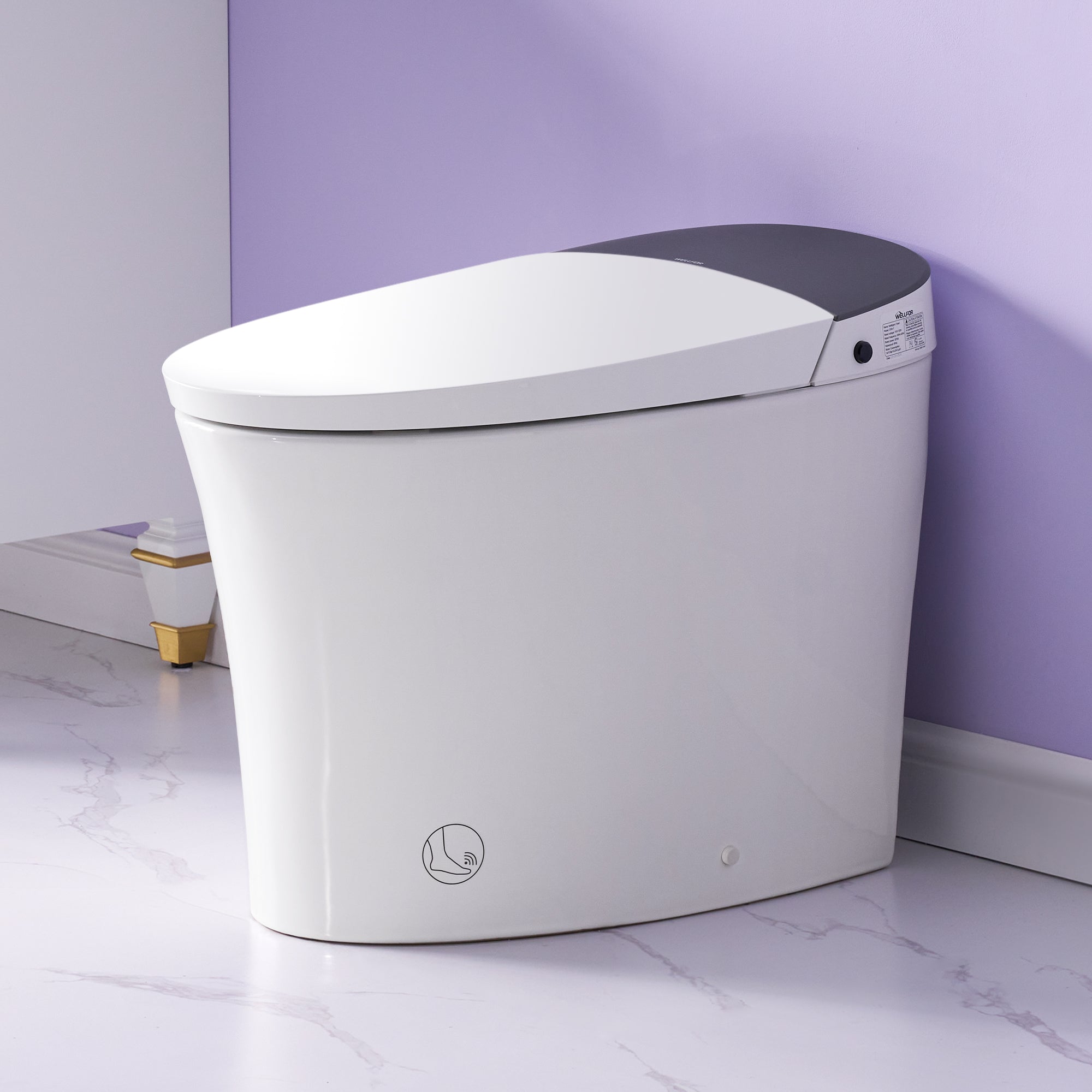
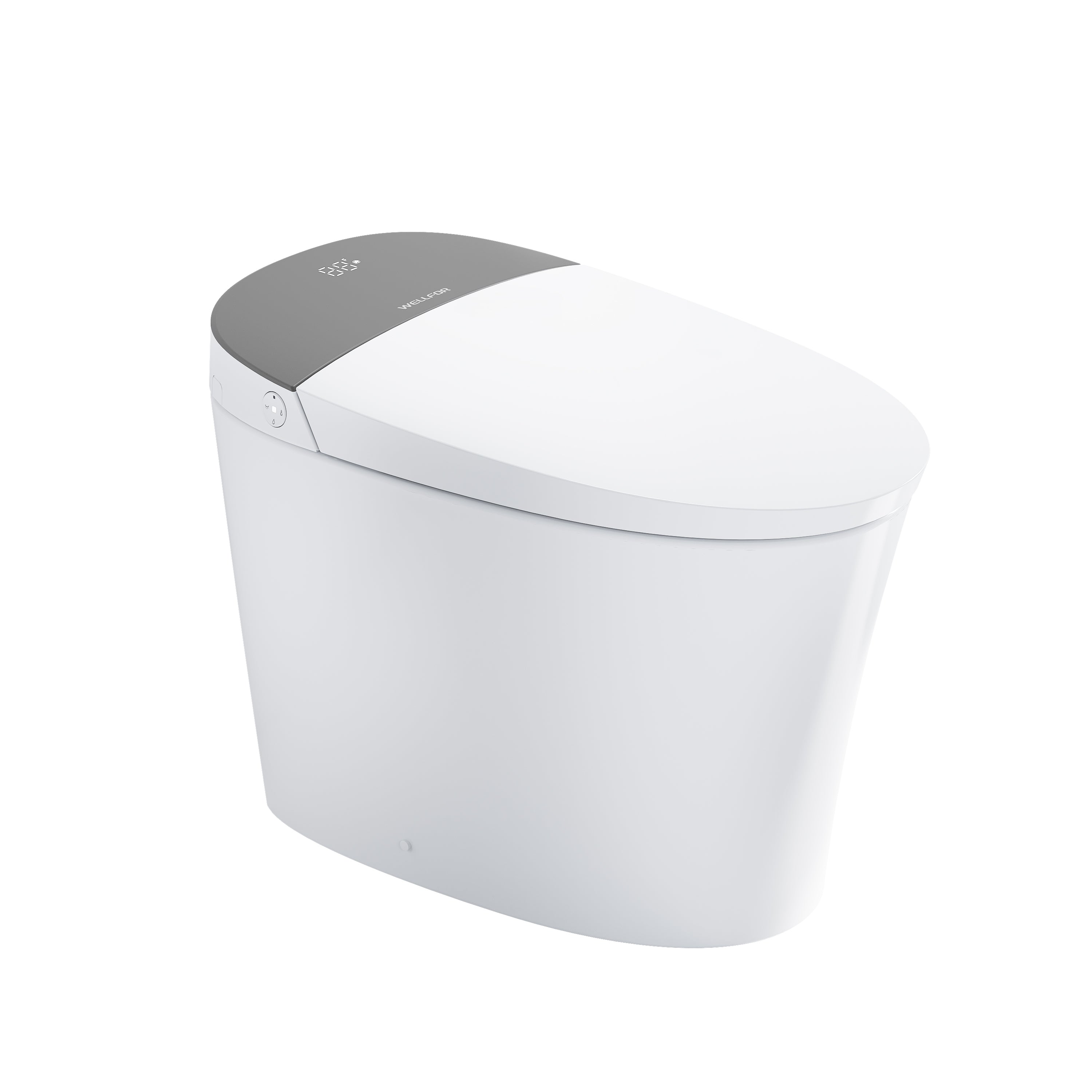

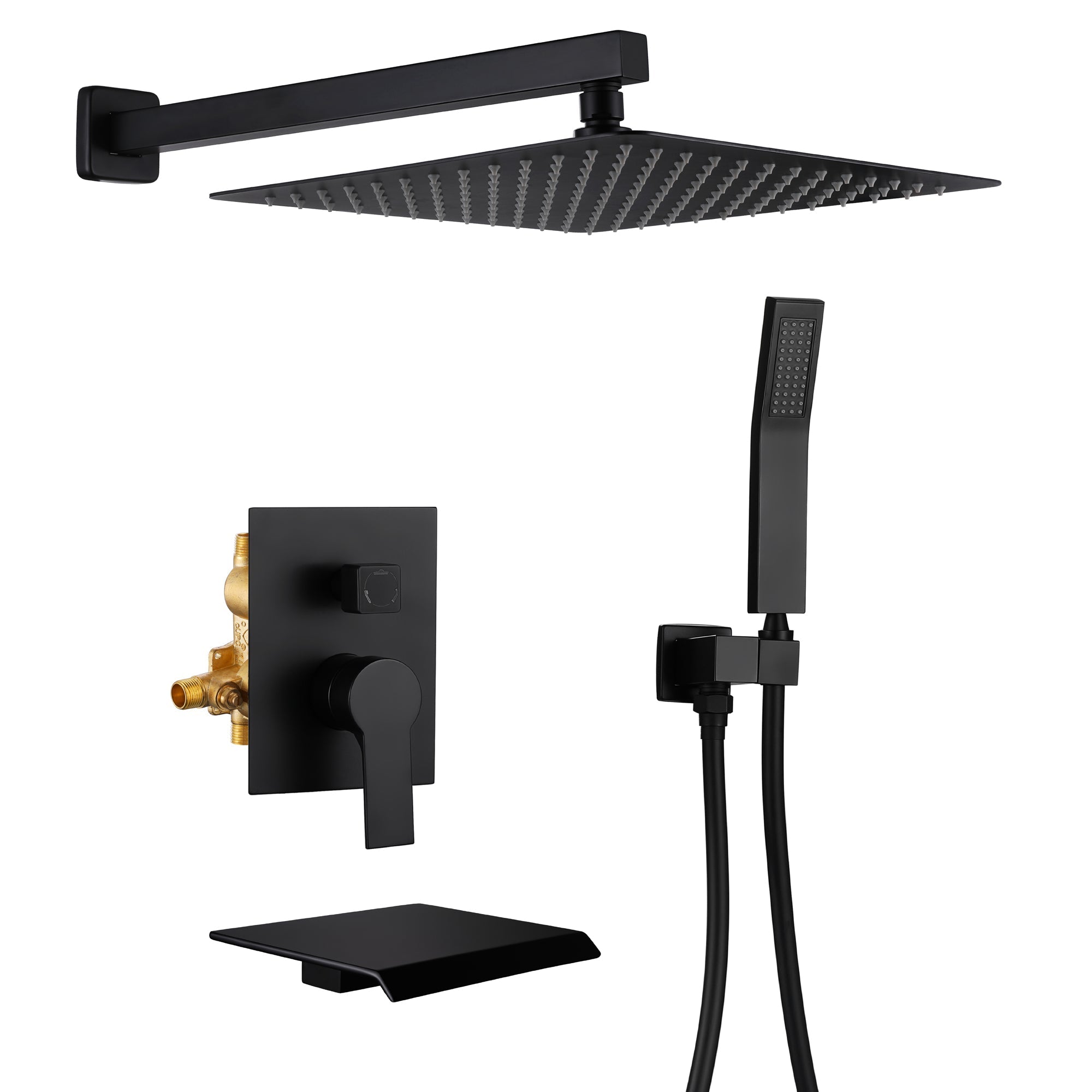
Leave a comment
This site is protected by hCaptcha and the hCaptcha Privacy Policy and Terms of Service apply.